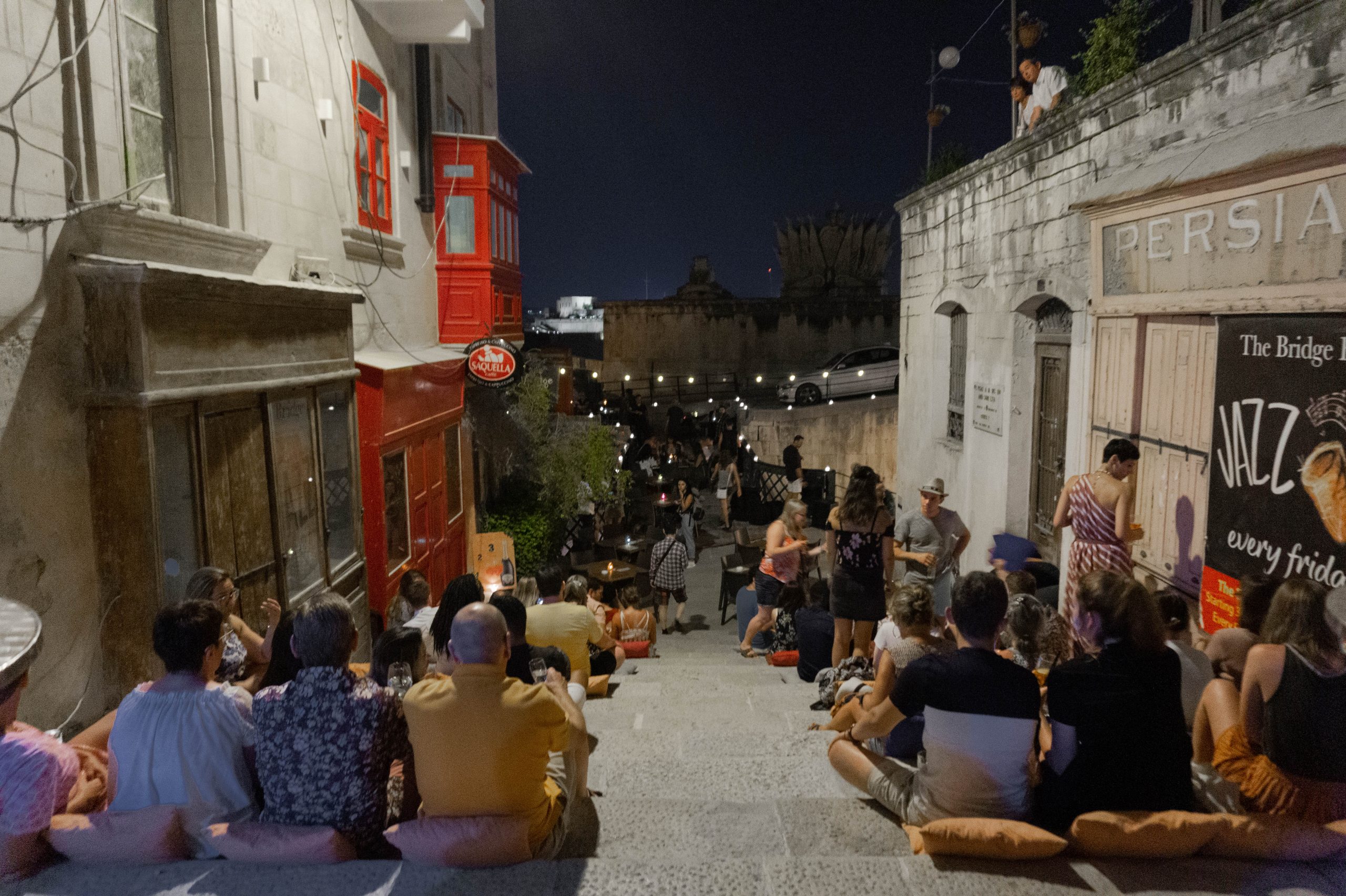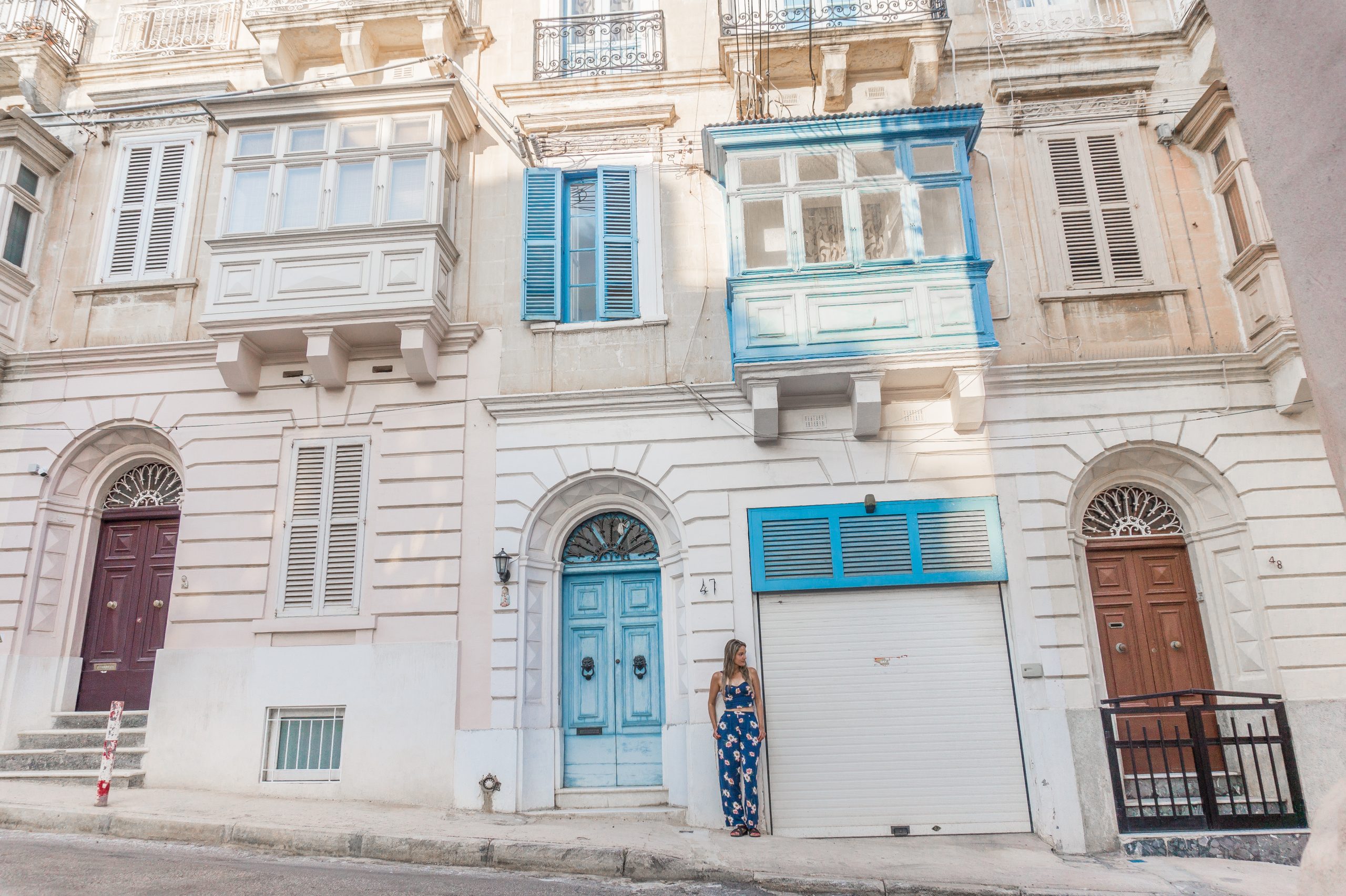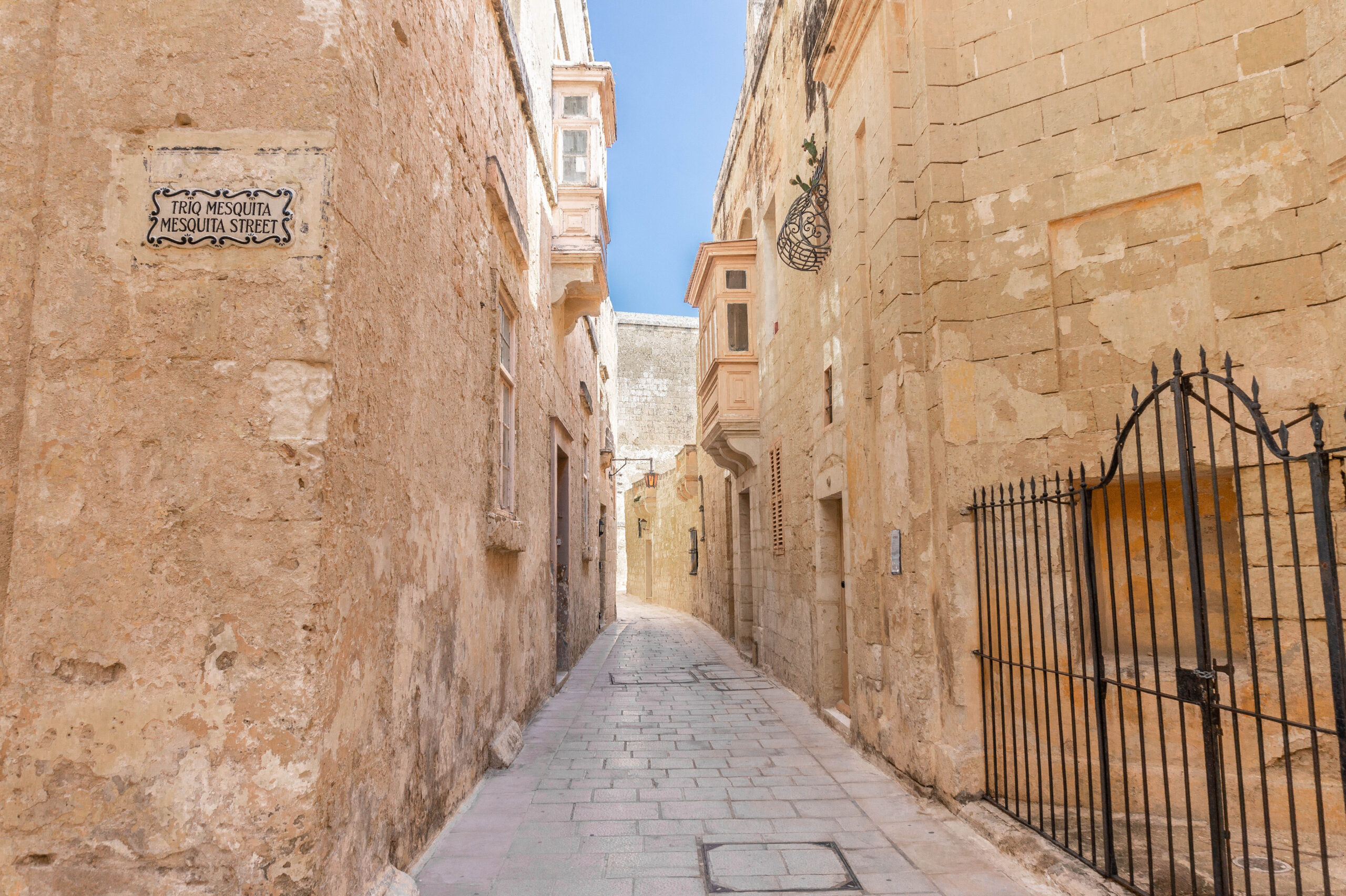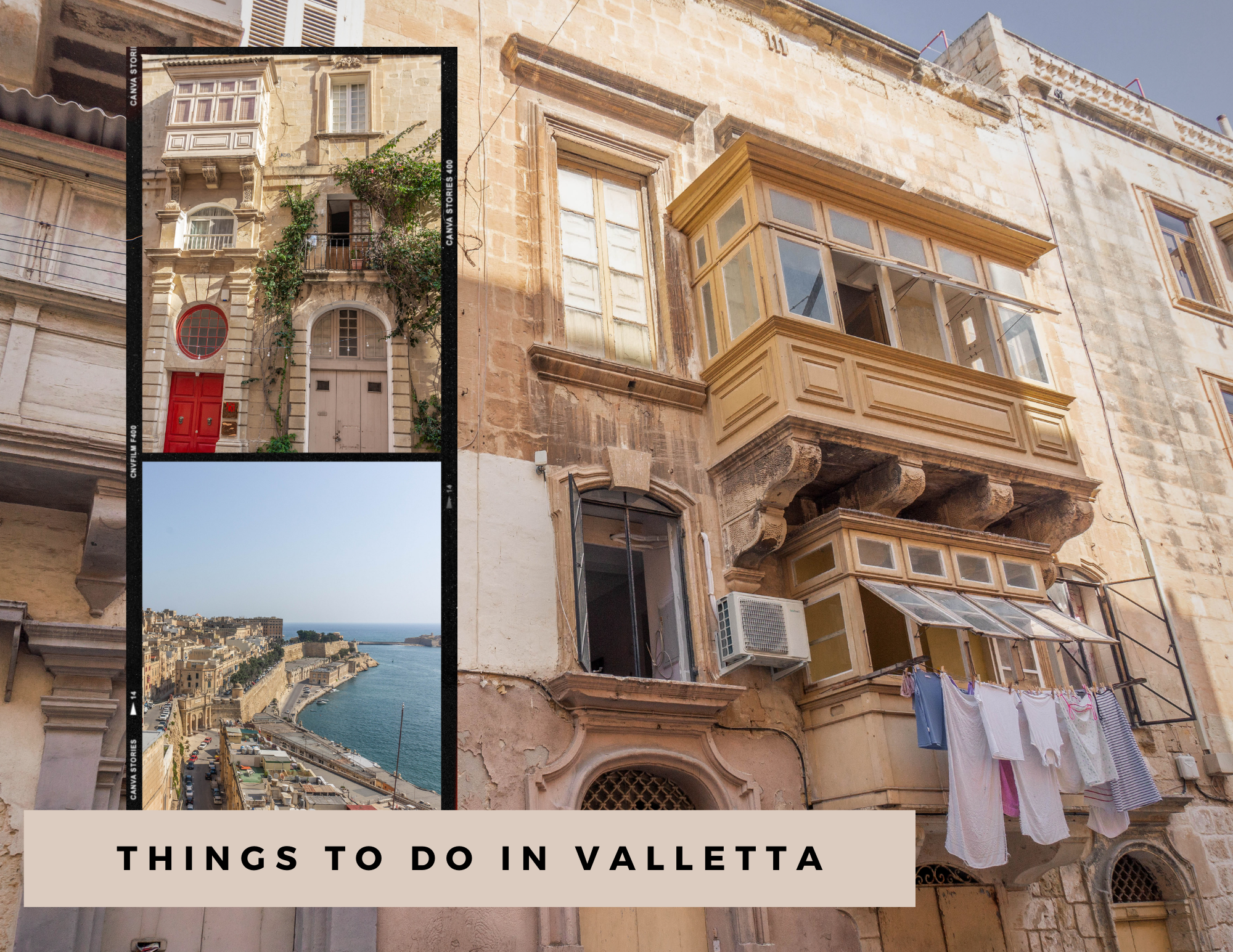
Things to do in Valletta Malta
Valletta the capital city of Malta is filled with 16th-century baroque palaces, gardens, and churches which were constructed by the Knights Hospitaller. Built on a hilltop, the streets can be reasonably steep and many still contain the original stone steps, built to help the Knights in their heavy armor ascend the hill. While you’ll certainly get a workout exploring the city, the views from almost everywhere are breathtaking. Below I’ve included the top things to do in Valletta, but if you’re also wondering where on the island you should stay, take a look at this post.
EXPLORE THE COLORFUL STREETS OF VALLETTA
The way the sun’s warm glow reflects off of Malta’s cream-colored stone buildings is truly beautiful. Walking the streets of Valletta you’ll find that just when you thought you spotted the most beautiful colored door or Bougainvillea-covered building, there’s another just a few steps ahead even more beautiful. Be sure to spend some time walking down the small residential streets admiring the brightly colored exteriors.
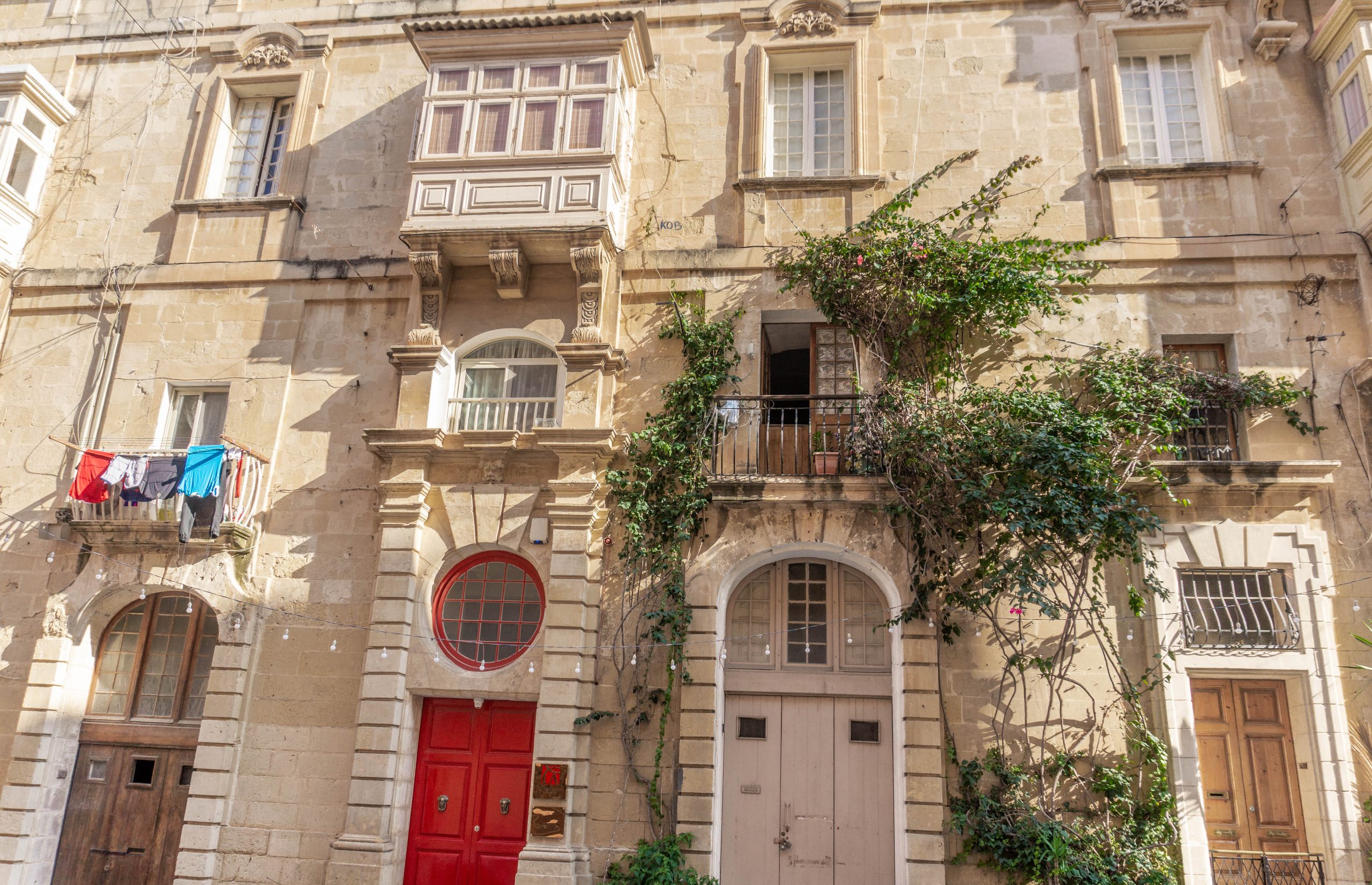
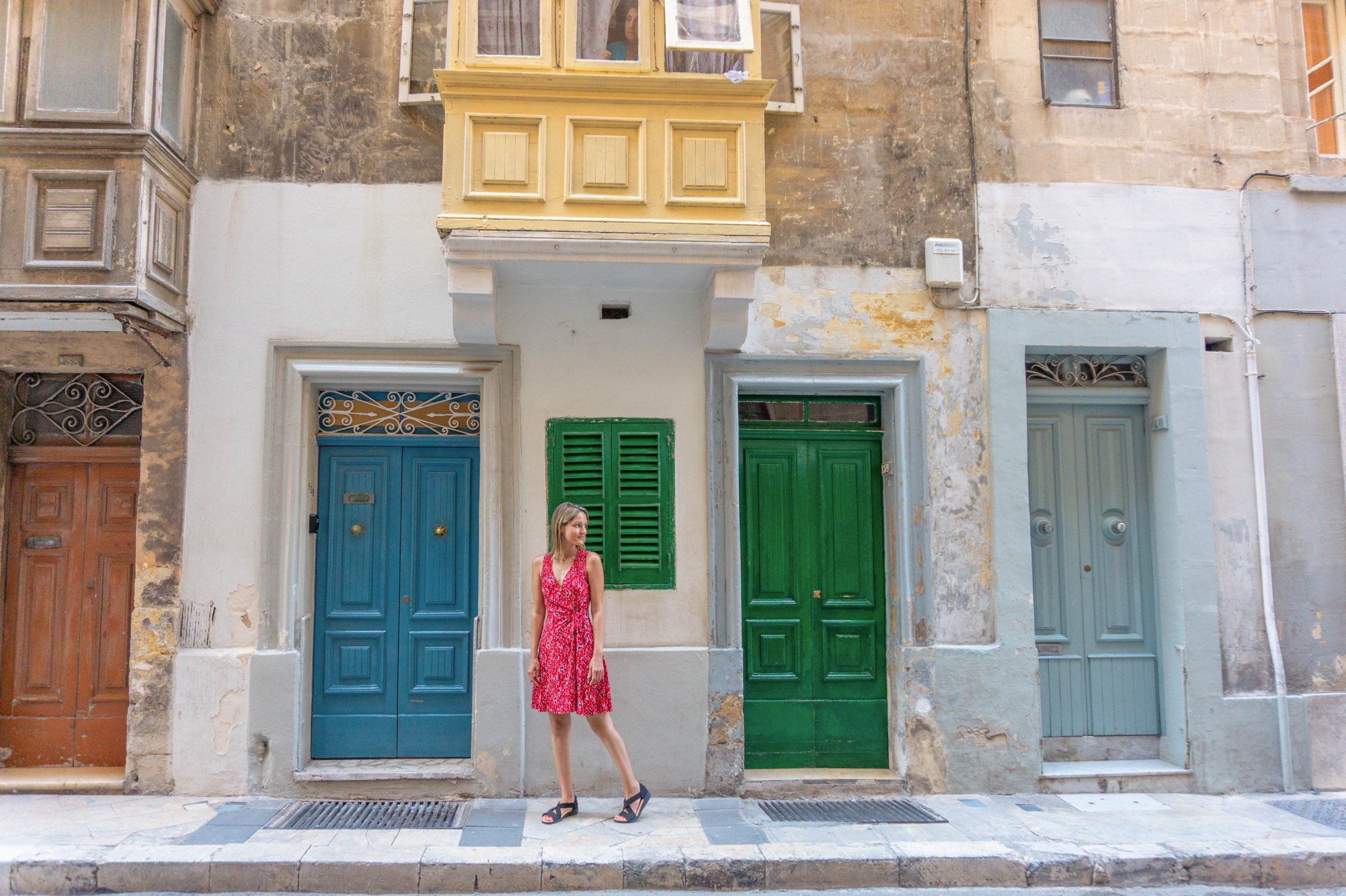
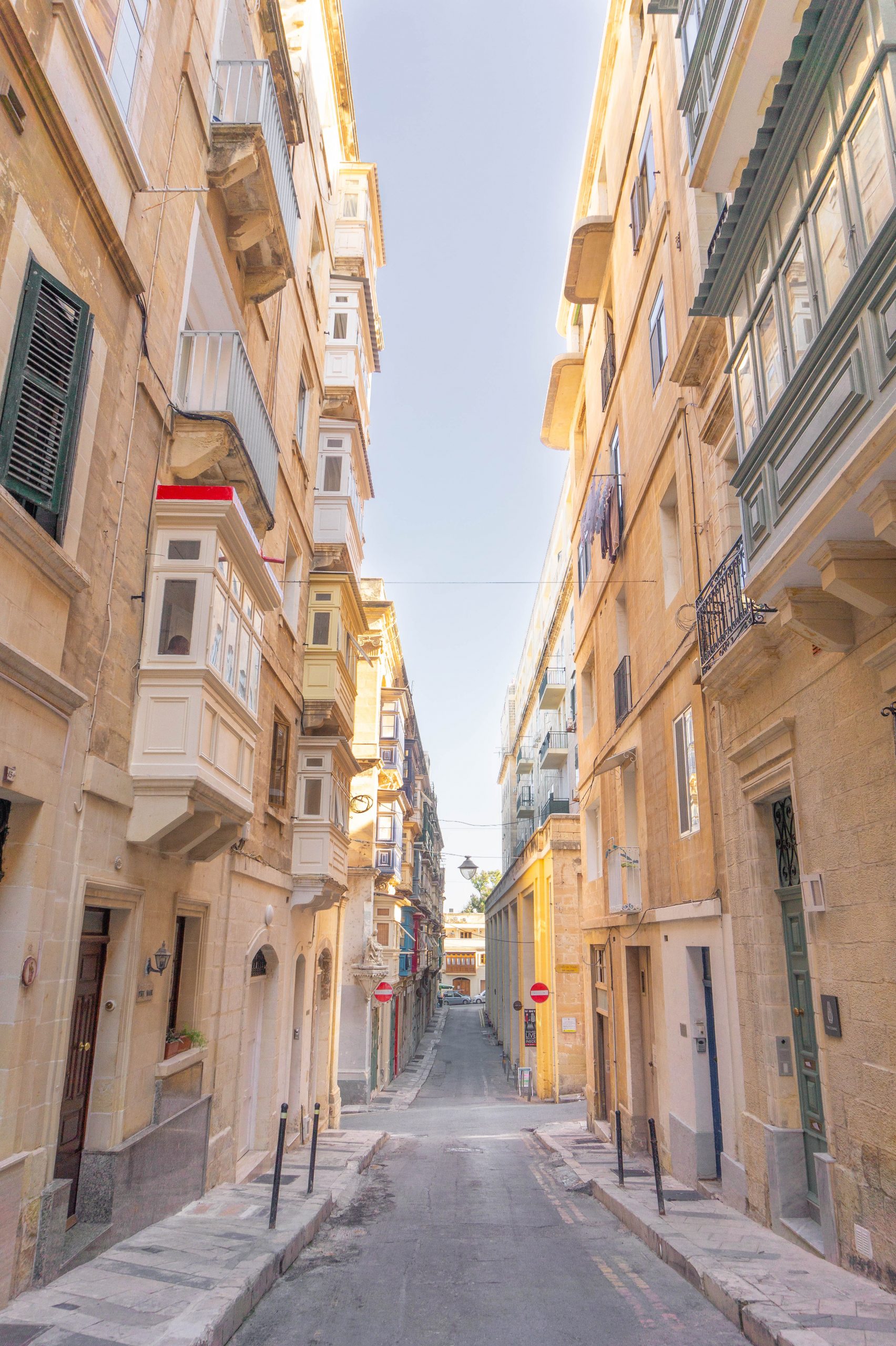

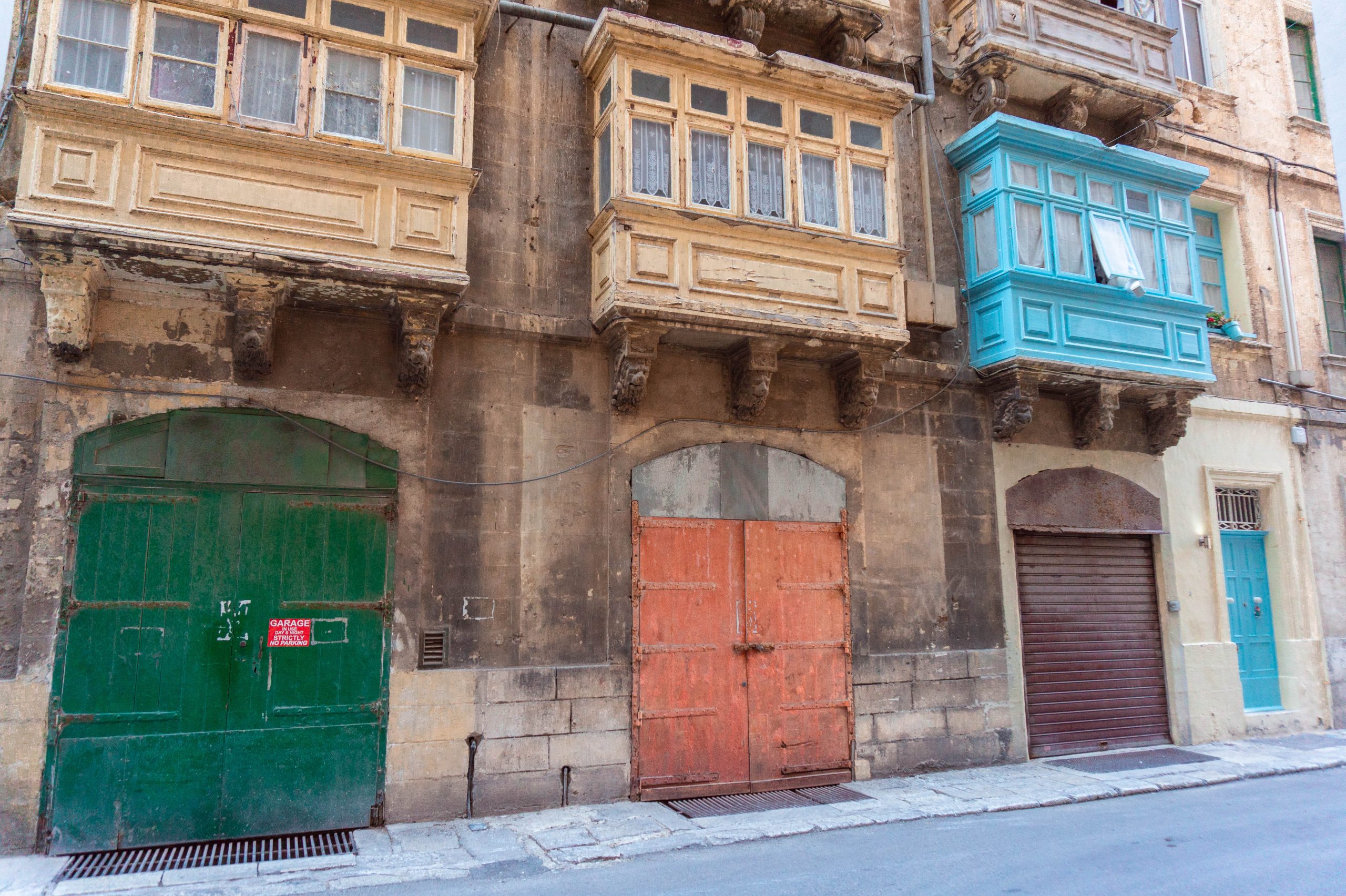

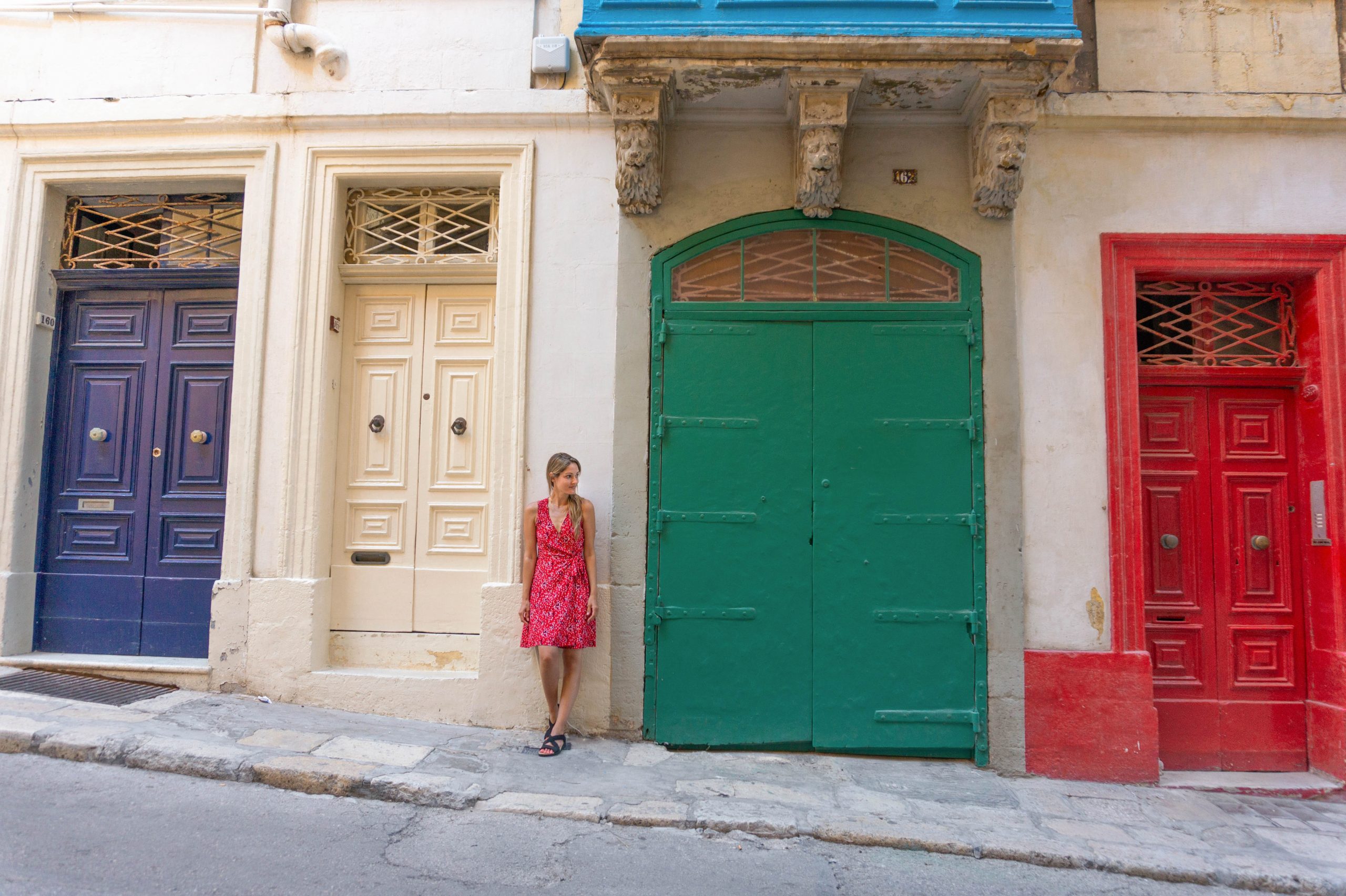
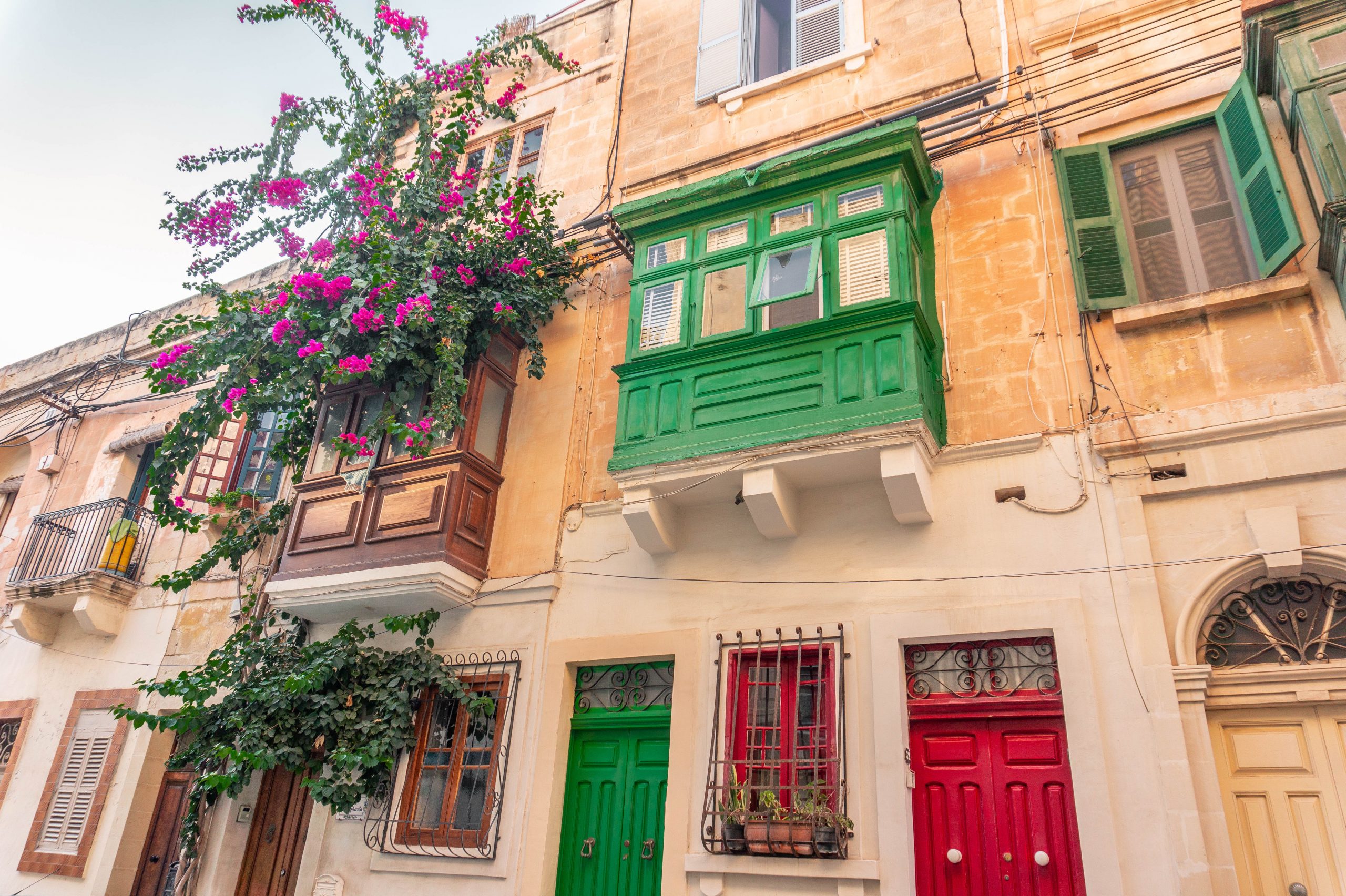
learn about malta's history
Malta has a long history since it was first inhabited in 5900 BC and later colonized by the Phoenicians, Romans, and the French. Malta was also sparsely populated for a few centuries until being repopulated by the Arabs in the 11th century. This is reflected in the Maltese language which sounds and looks very similar to Arabic. Valletta is where you’ll find most of Malta’s museums so if you’re looking to delve a little deeper into its history, here are a few options.
- The Malta Experience is an audio-visual show that tells the dramatic story of the islands’ 7000-year history. Educational, informative, and entertaining, the show runs through the turbulent history of a small island nation that has overcome almost unimaginable odds to survive and prosper. You can read reviews and more here.
- Casa Rocca Piccola is a 16th-century palace and home of the noble Maltese family de Piro. You can read reviews here.
- Fort St Elmo was originally intended as a war machine, the fort was built in a strategic location to face and hold back the menacing Ottoman attacks. This dominating position now offers unobstructed panoramic views of the harbors and the surrounding towns and villages. The fort also hosts the National War Museum which houses a superb collection of artifacts that go back to prehistoric times. Below are photos from my visit, you can also read reviews here.
- Malta 5D is a new generation theater where you feel the emotions of the movie. In a short time, you will explore the Maltese history and culture, magnified with 3D film, moving seats, water spray, air blasts, and leg ticklers. reviews here.
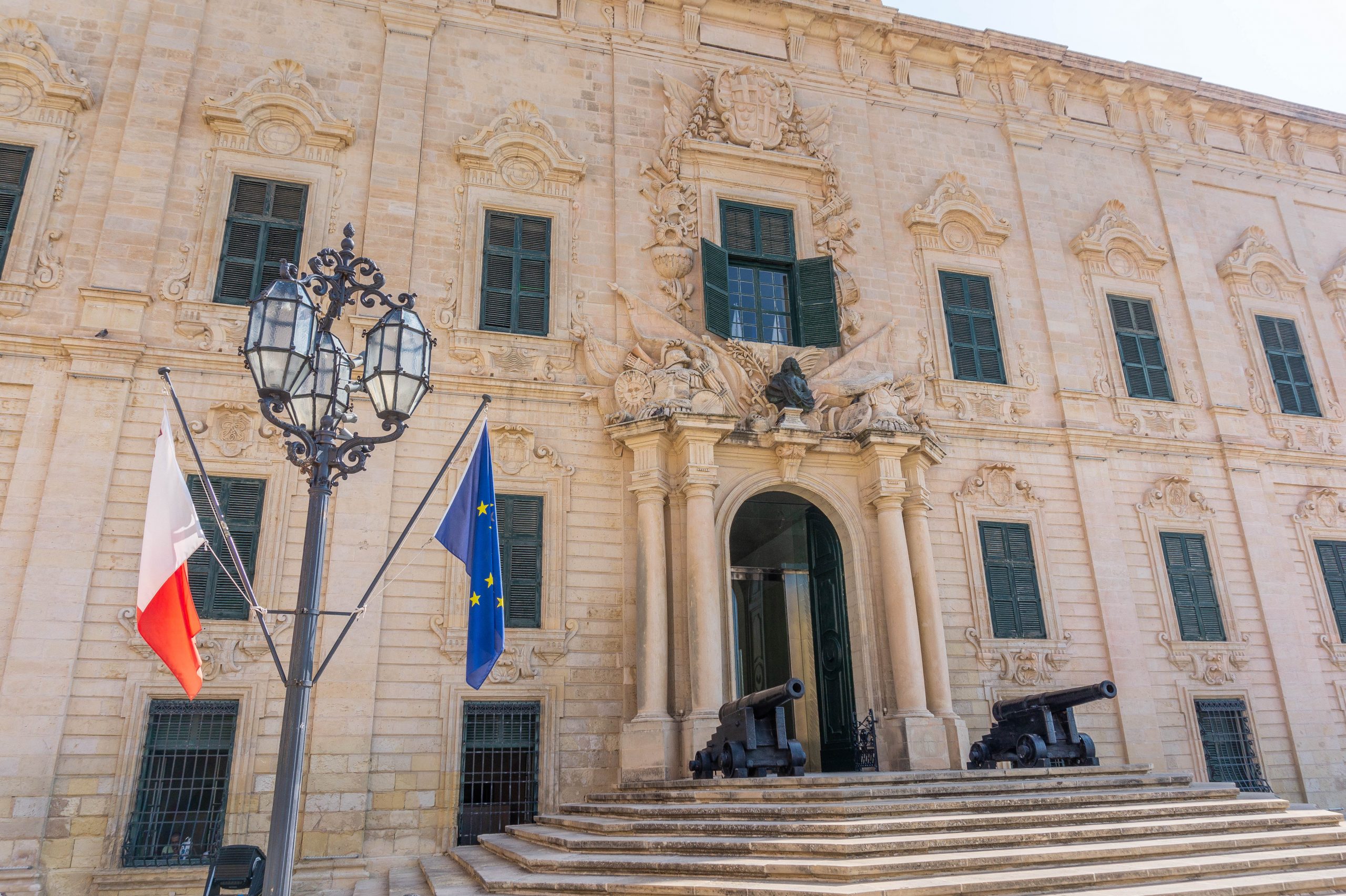
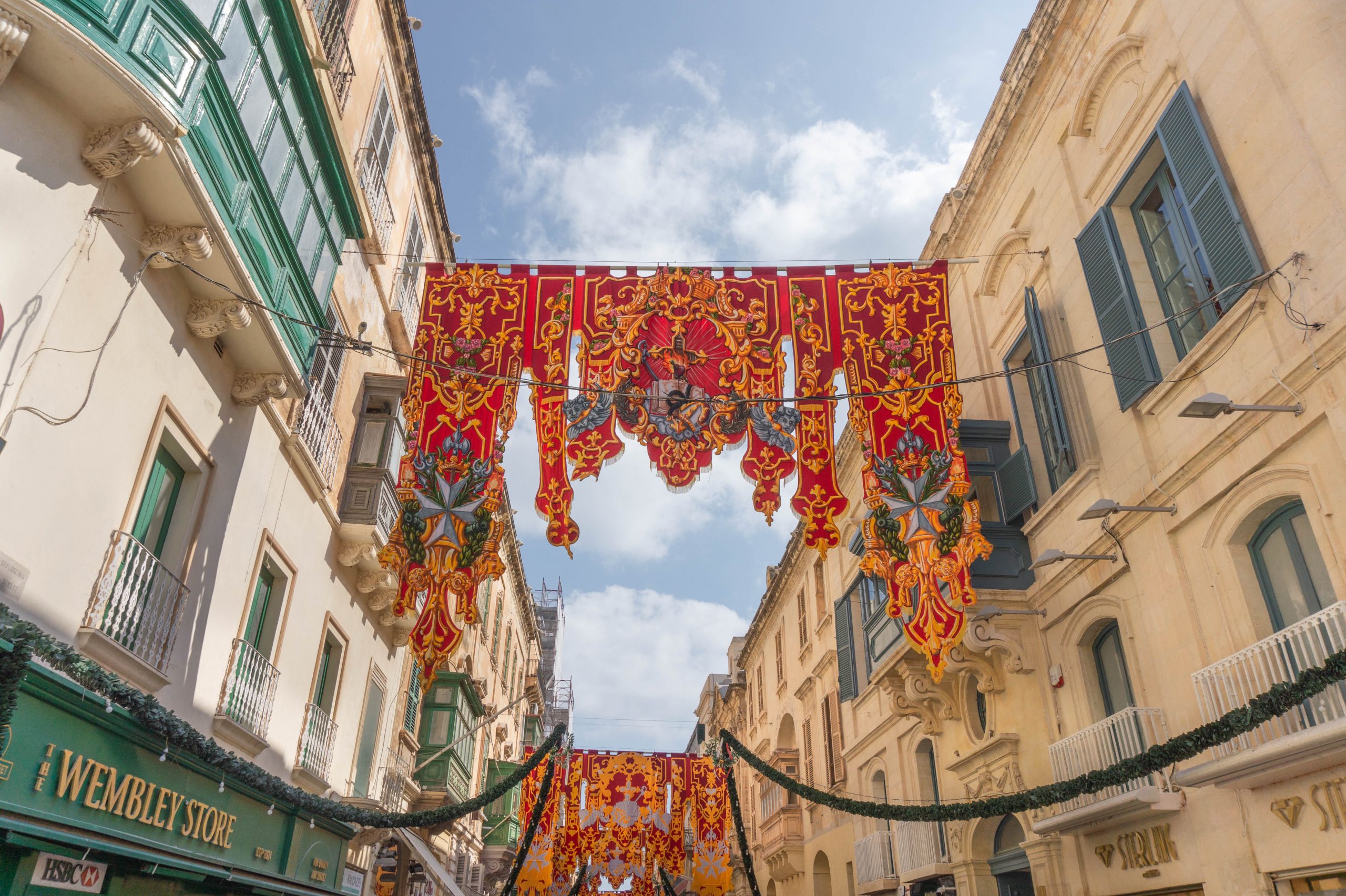

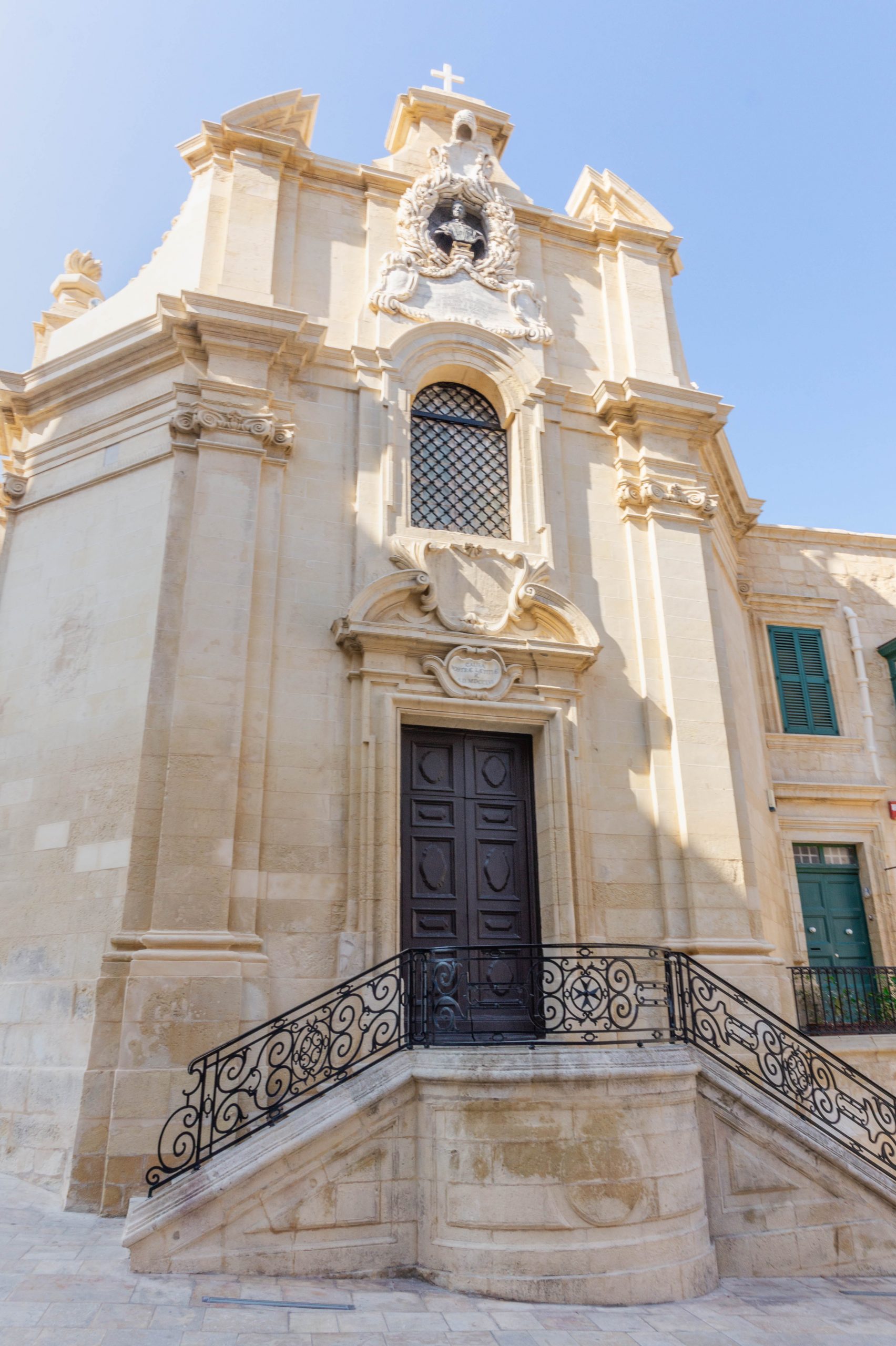
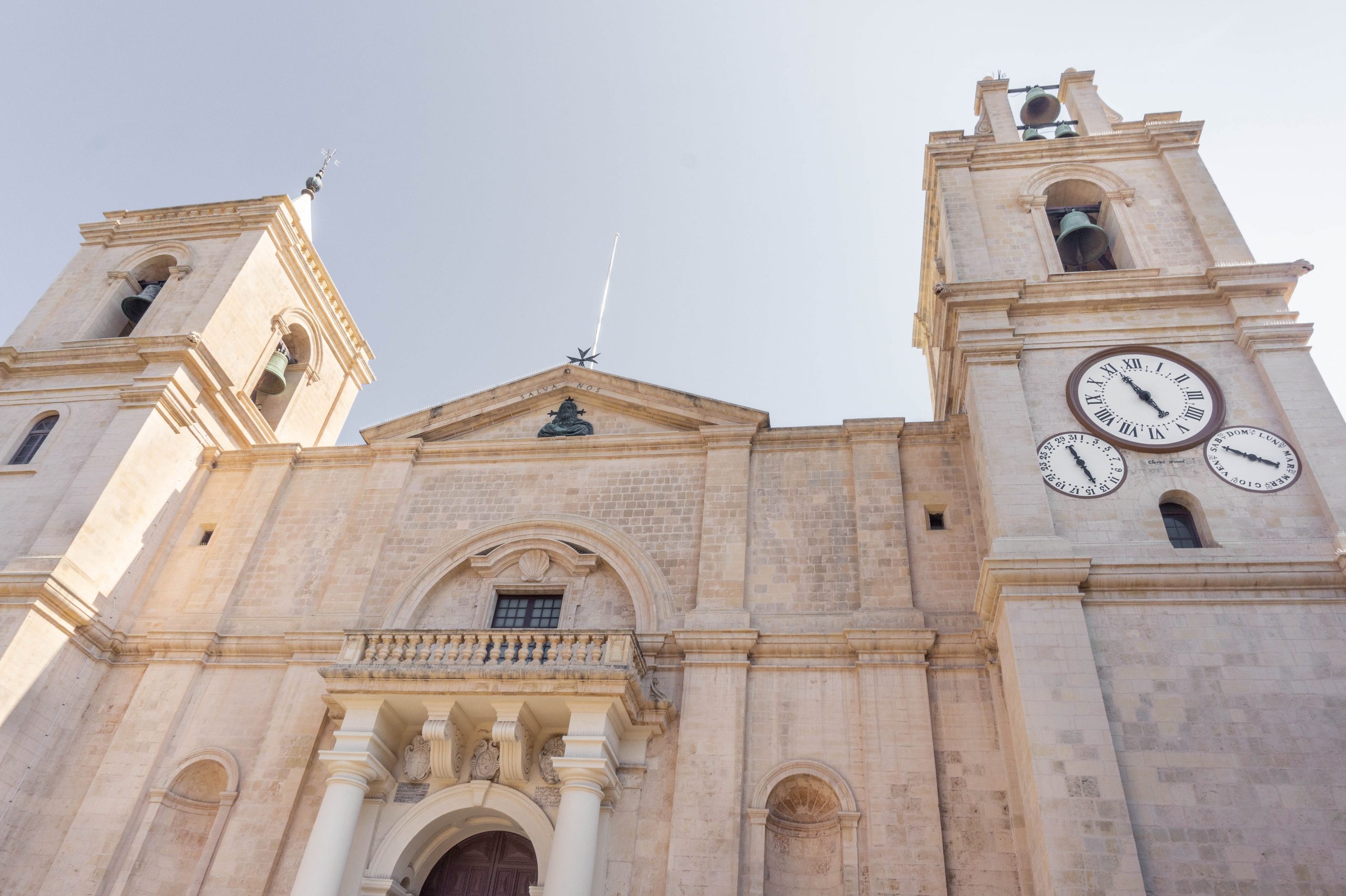
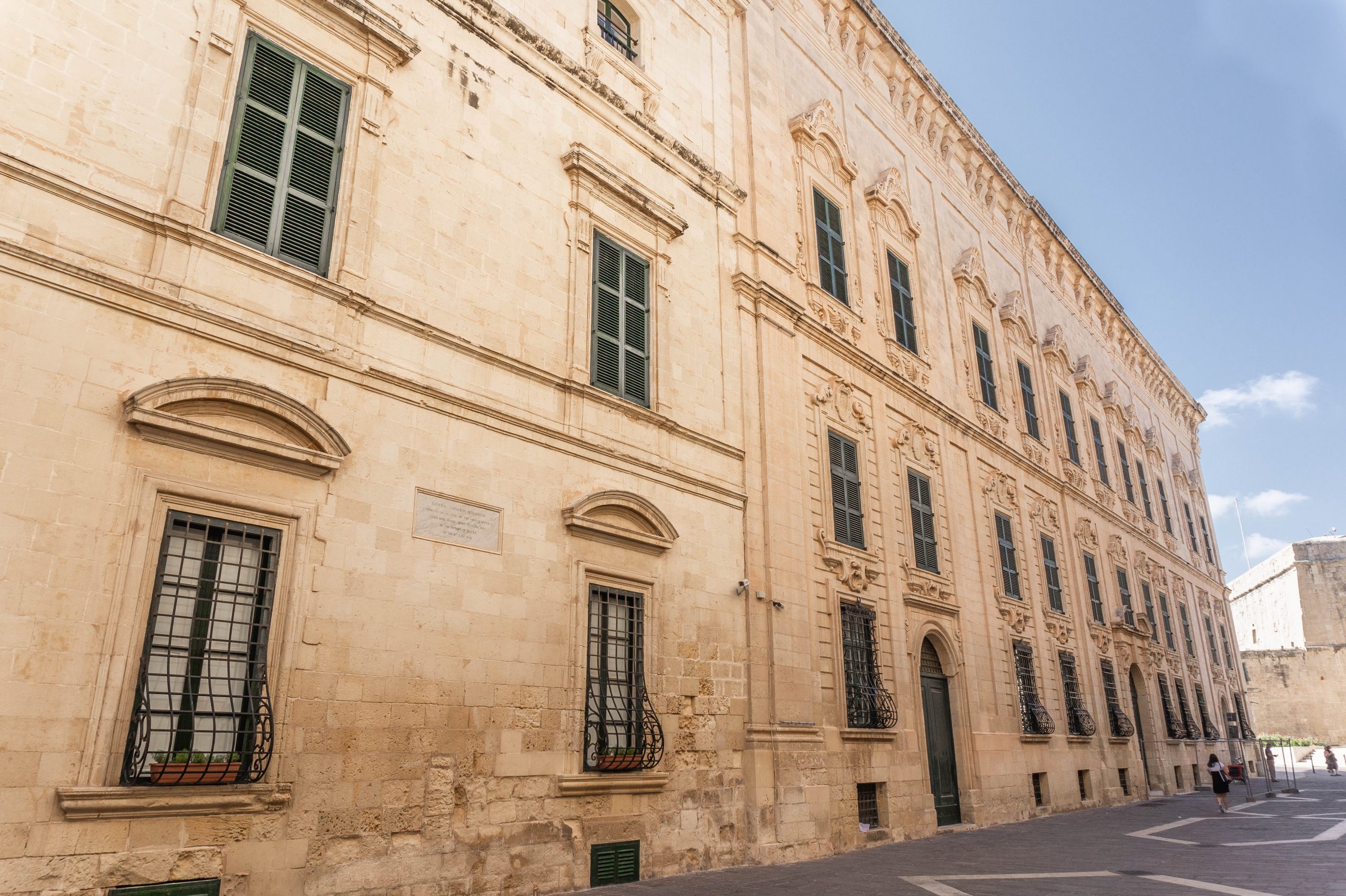
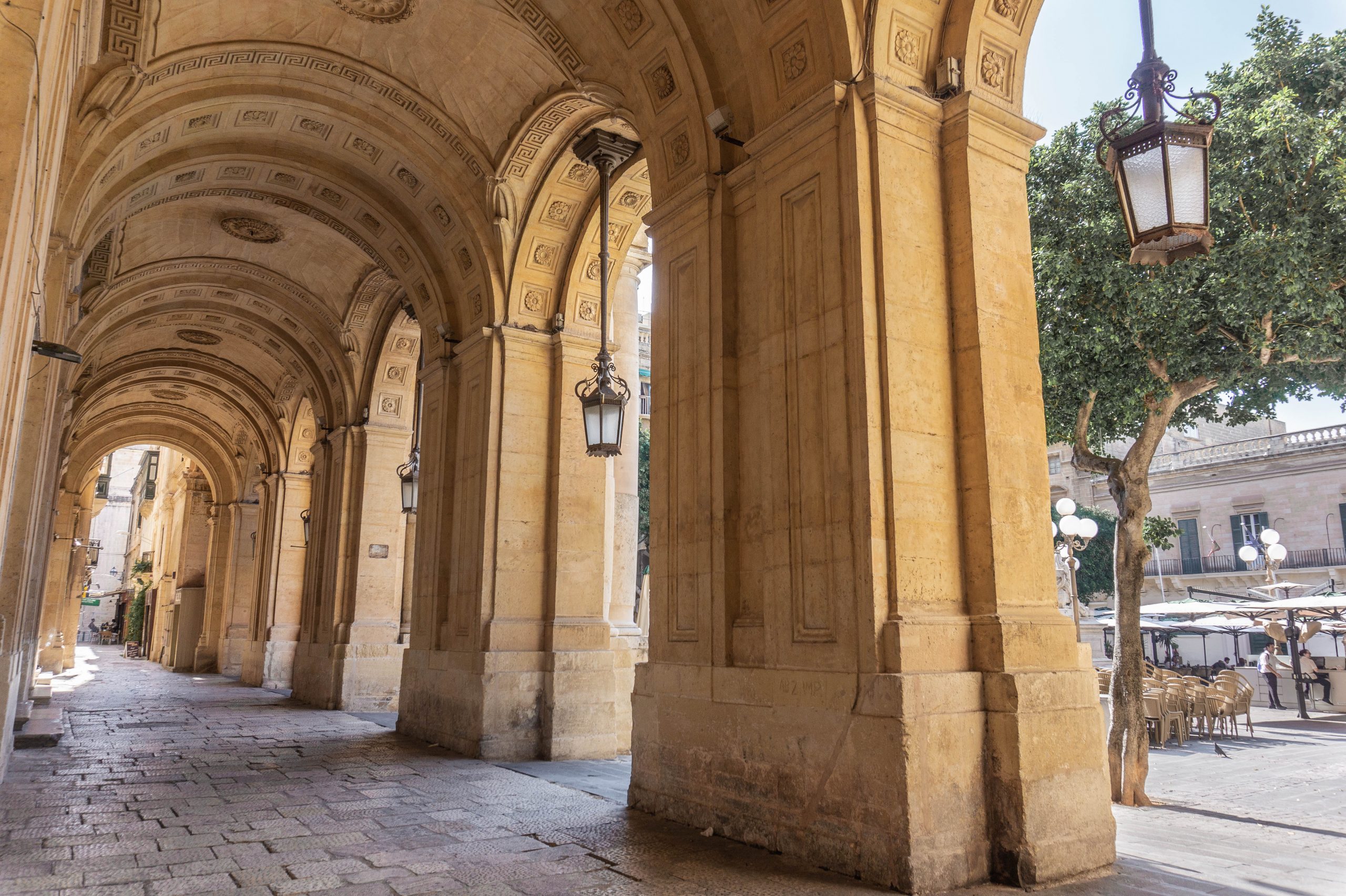
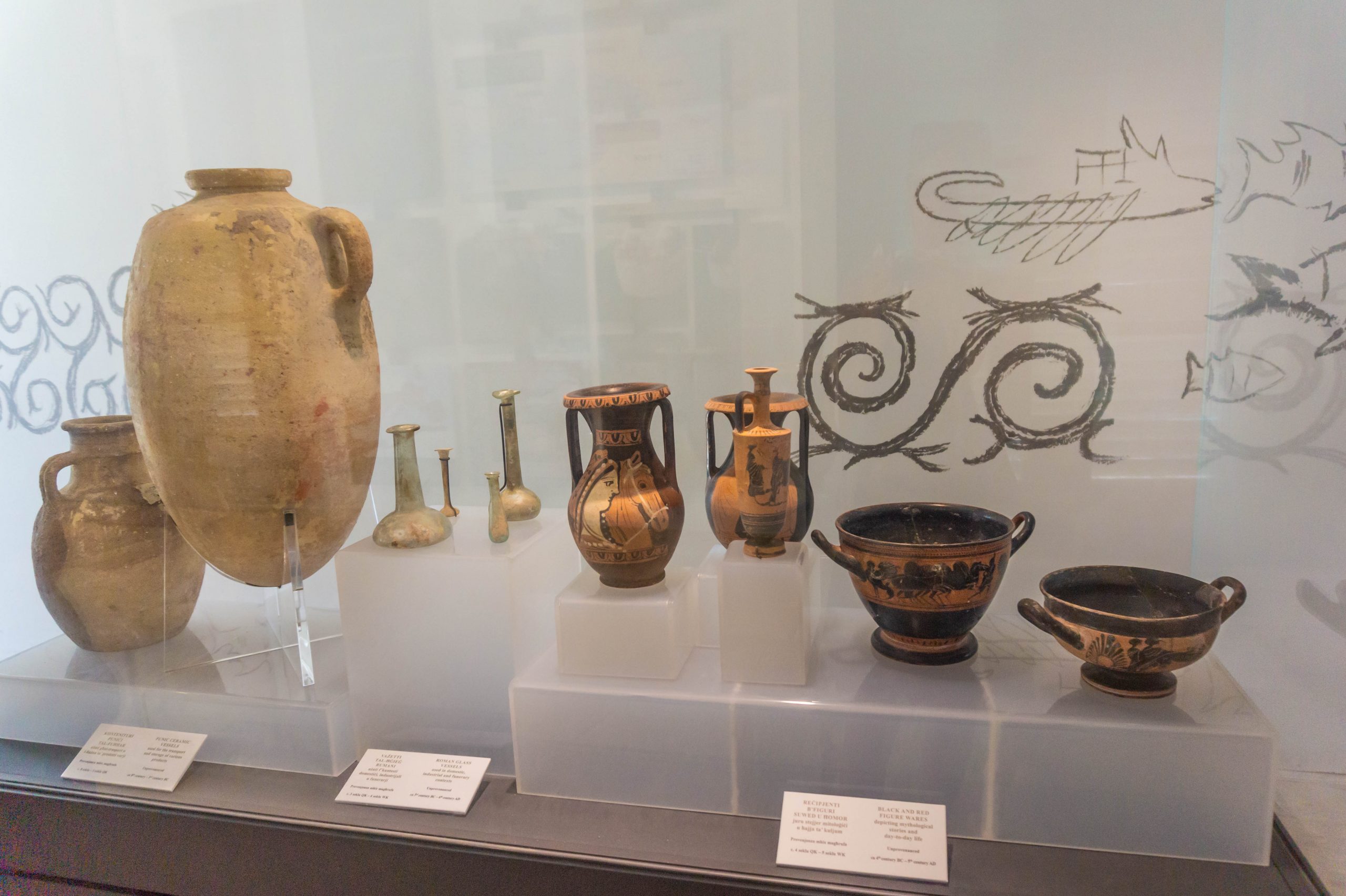
NATIONAL WAR MUSEUM
FORST ST ELMO
The fort was built by the Knights in 1552 in just four months to guard the harbors on either side of the Sceberras Peninsula and bore the brunt of Turkish arms during 1565’s Great Siege. After restoration, the fort reopened in 2015, and now contains the National War Museum, which covers Malta’s wartime history including the Great Siege and the country’s ordeal during WWII. The museum showcases audiovisual displays, bringing history to life and illustrating aspects of war such as the struggle to get supplies through to the islands under German bombardment.

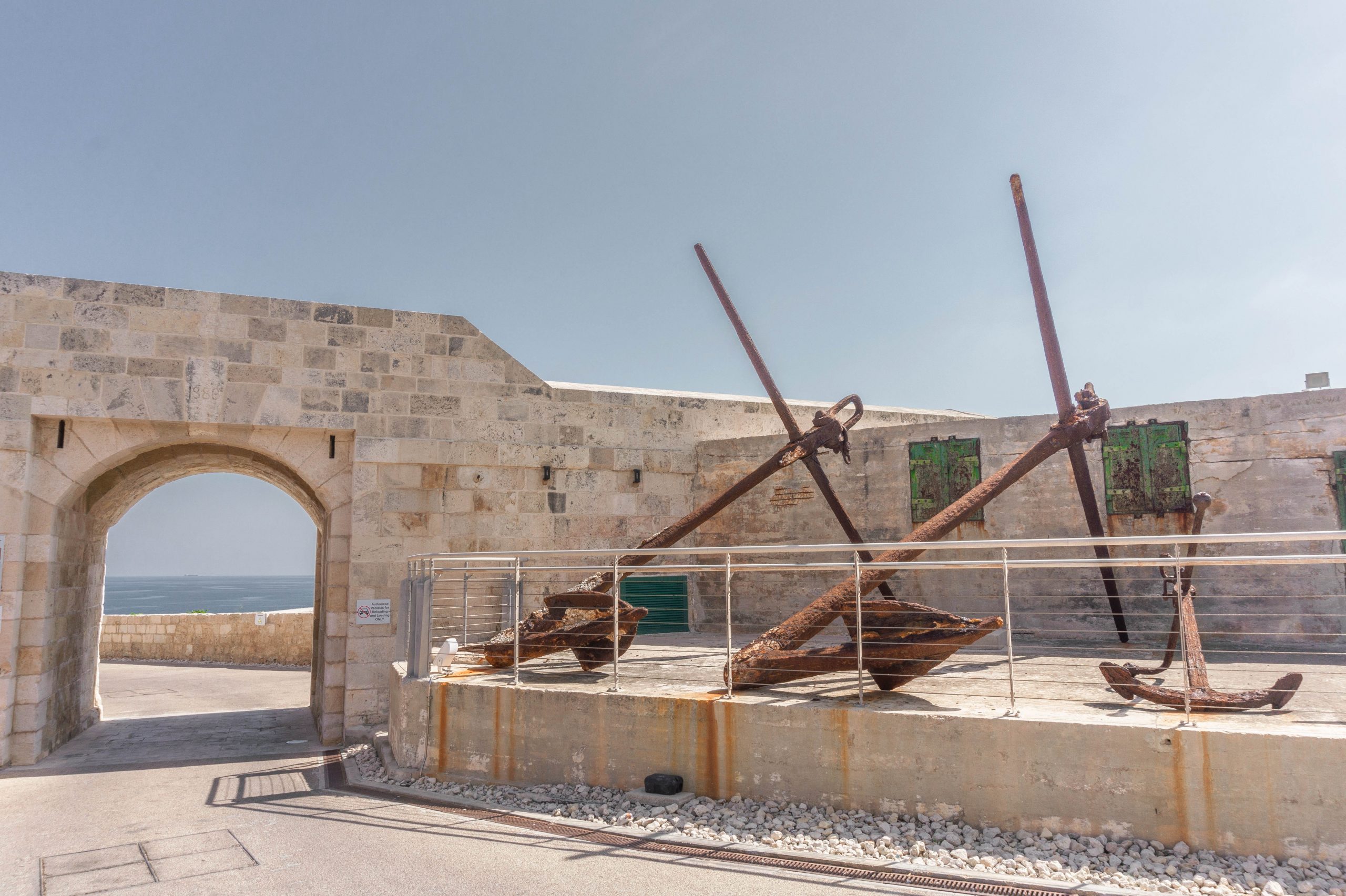
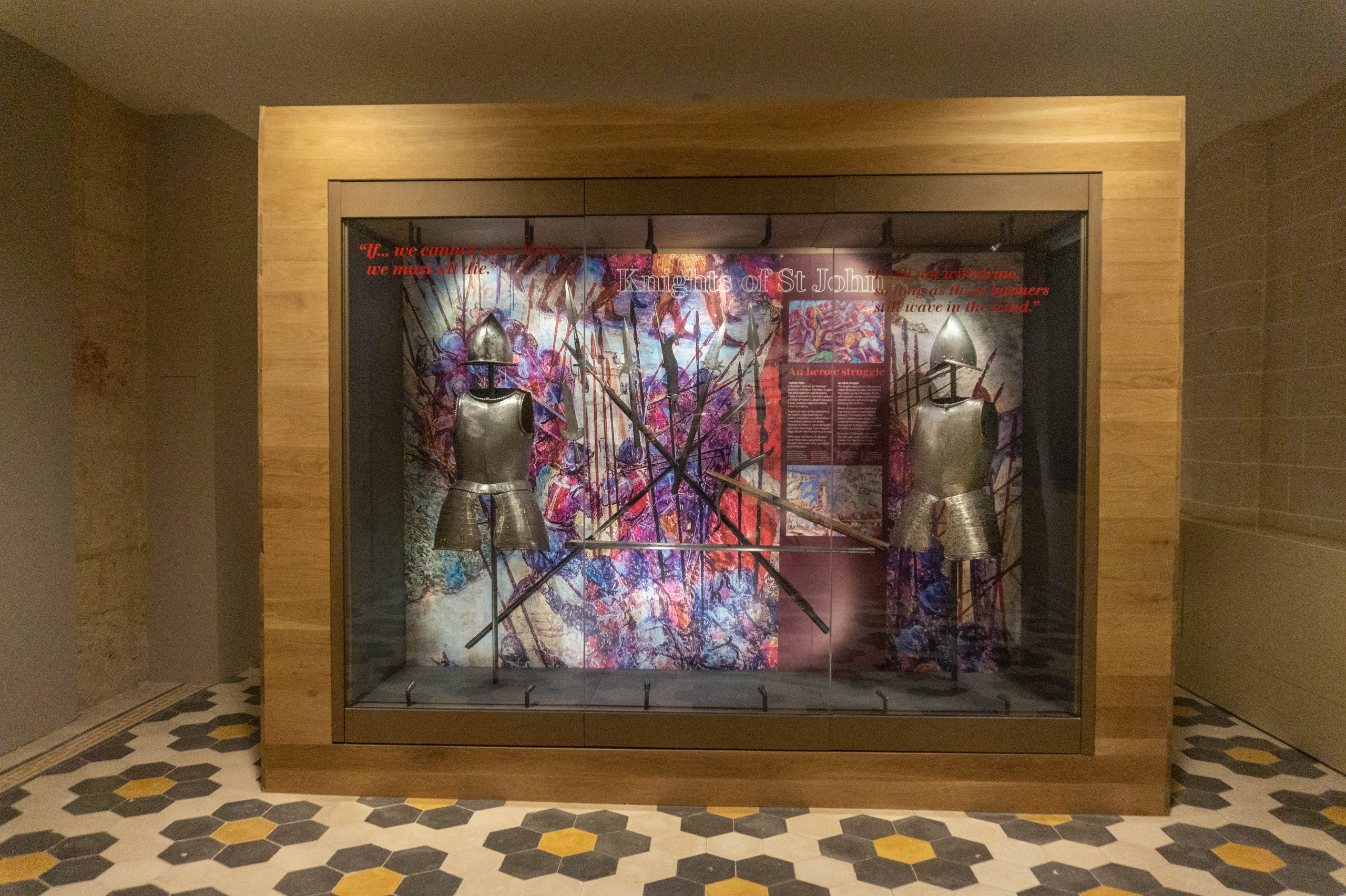
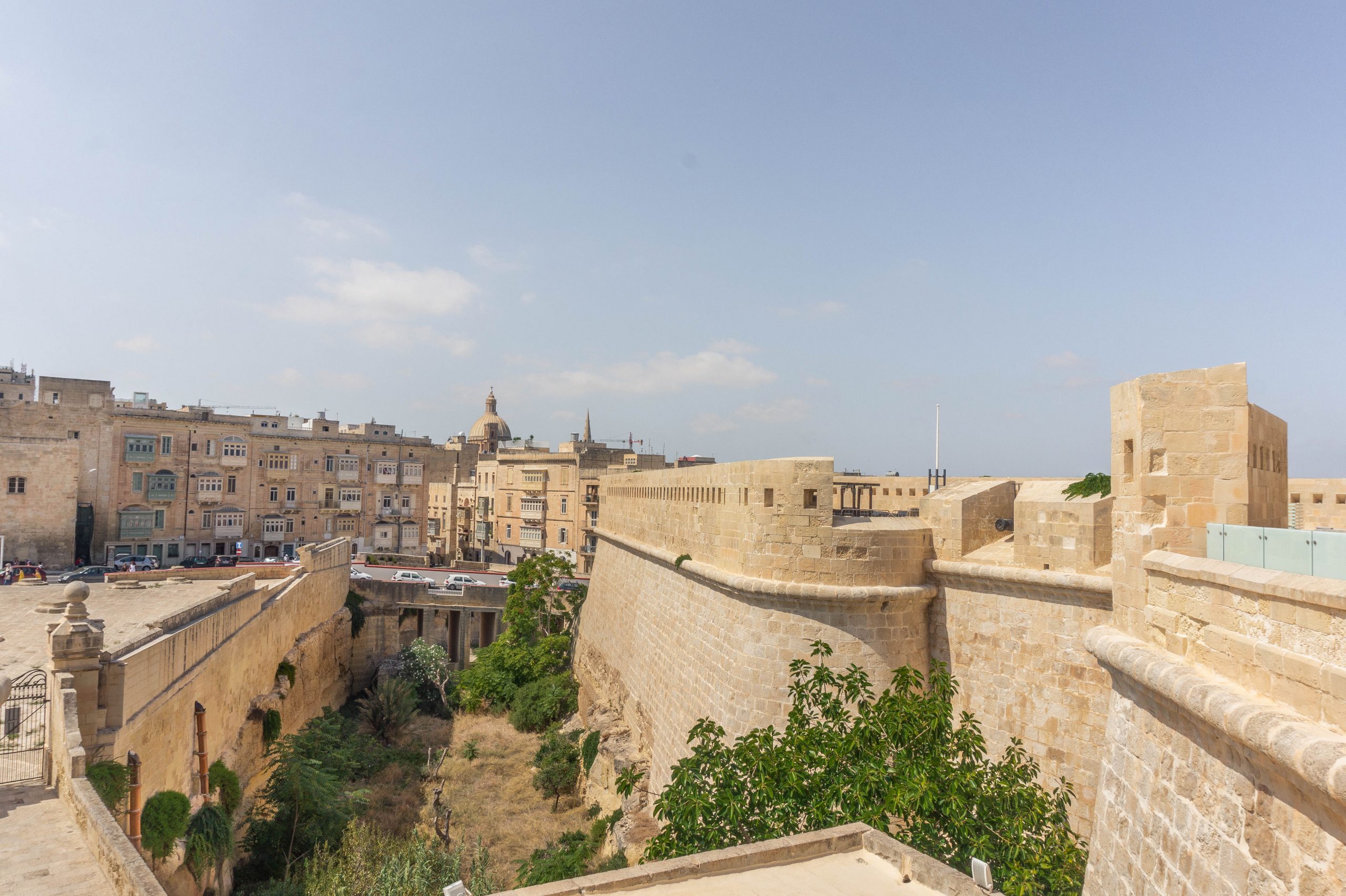

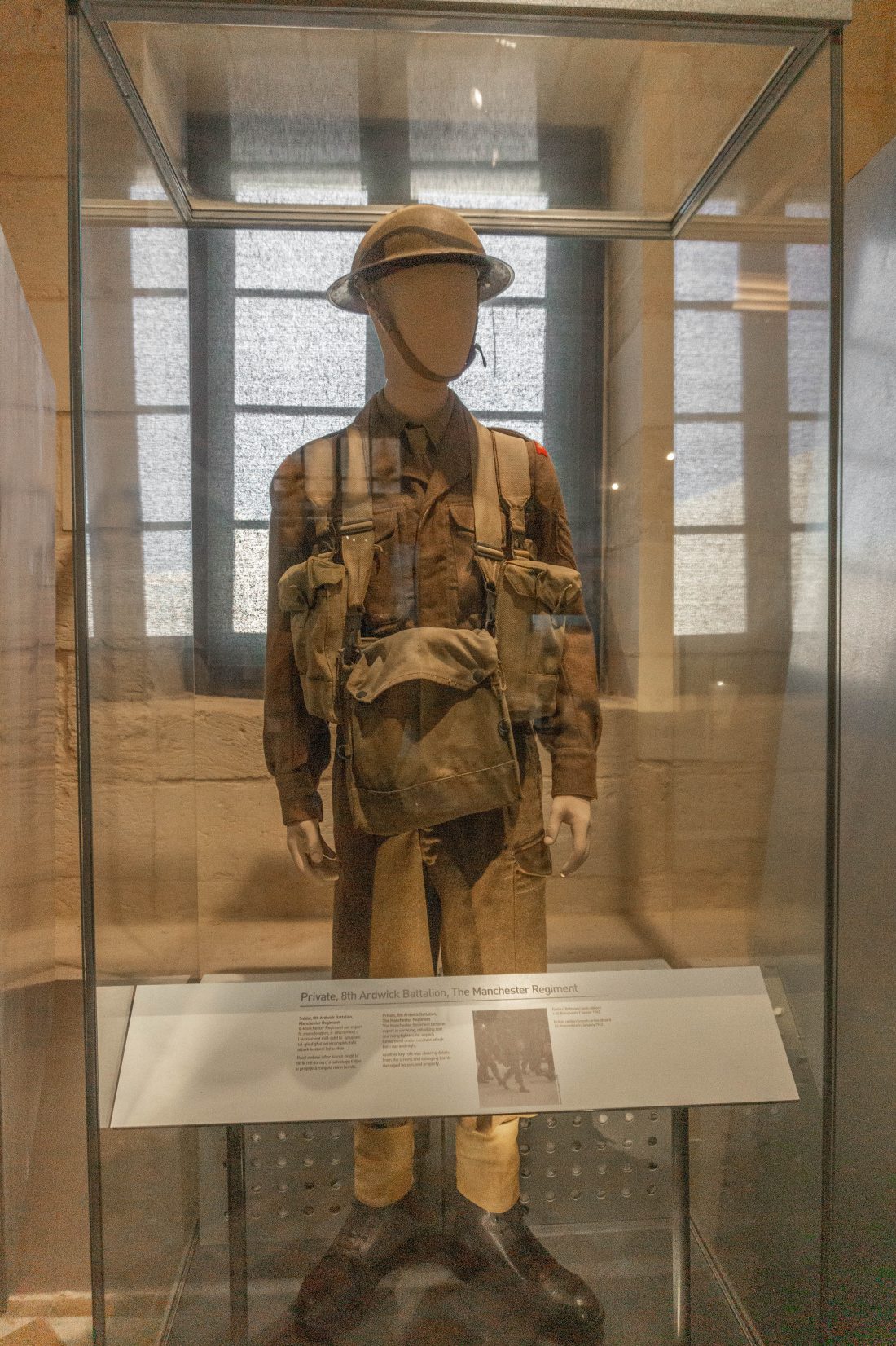
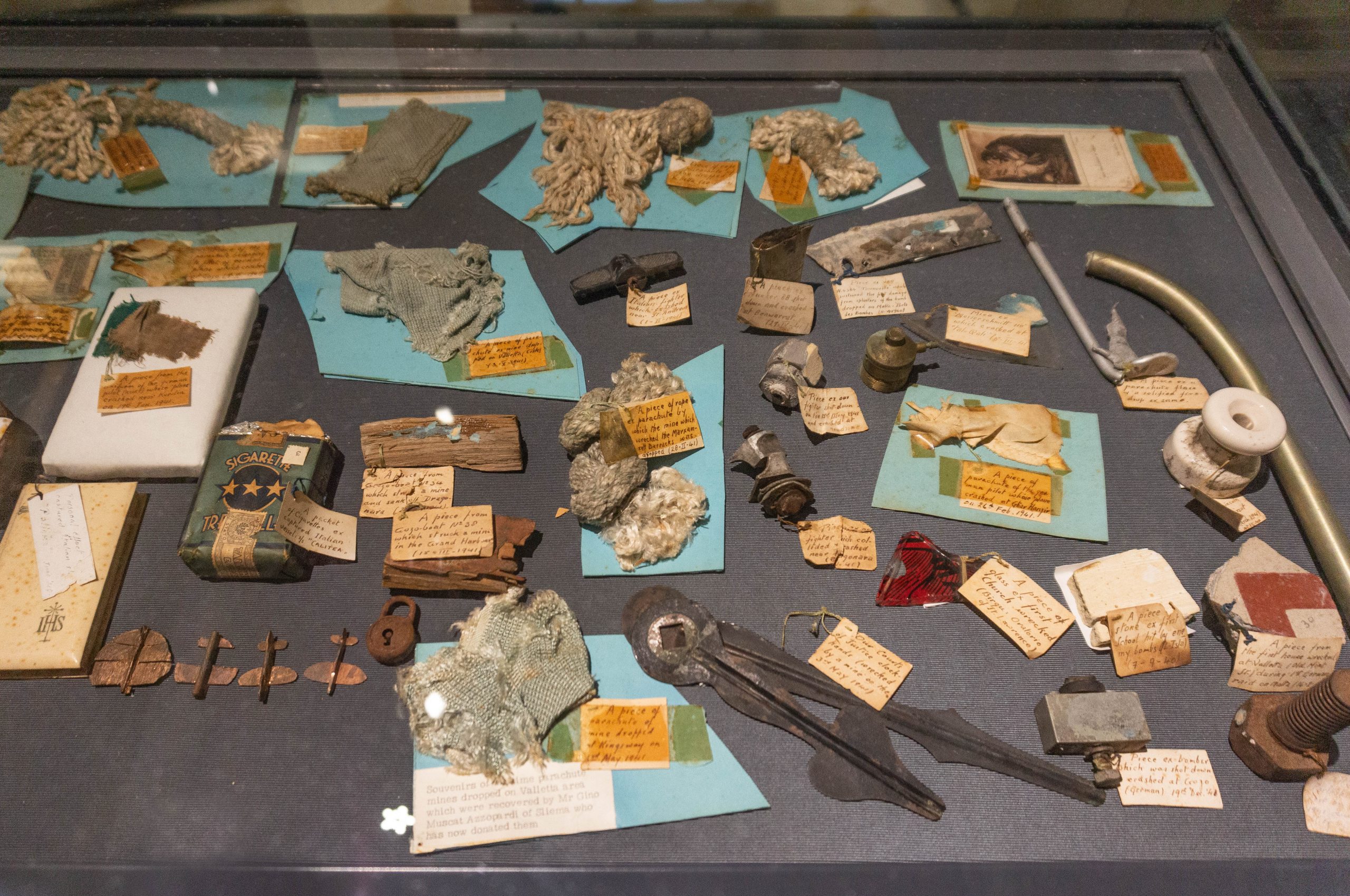

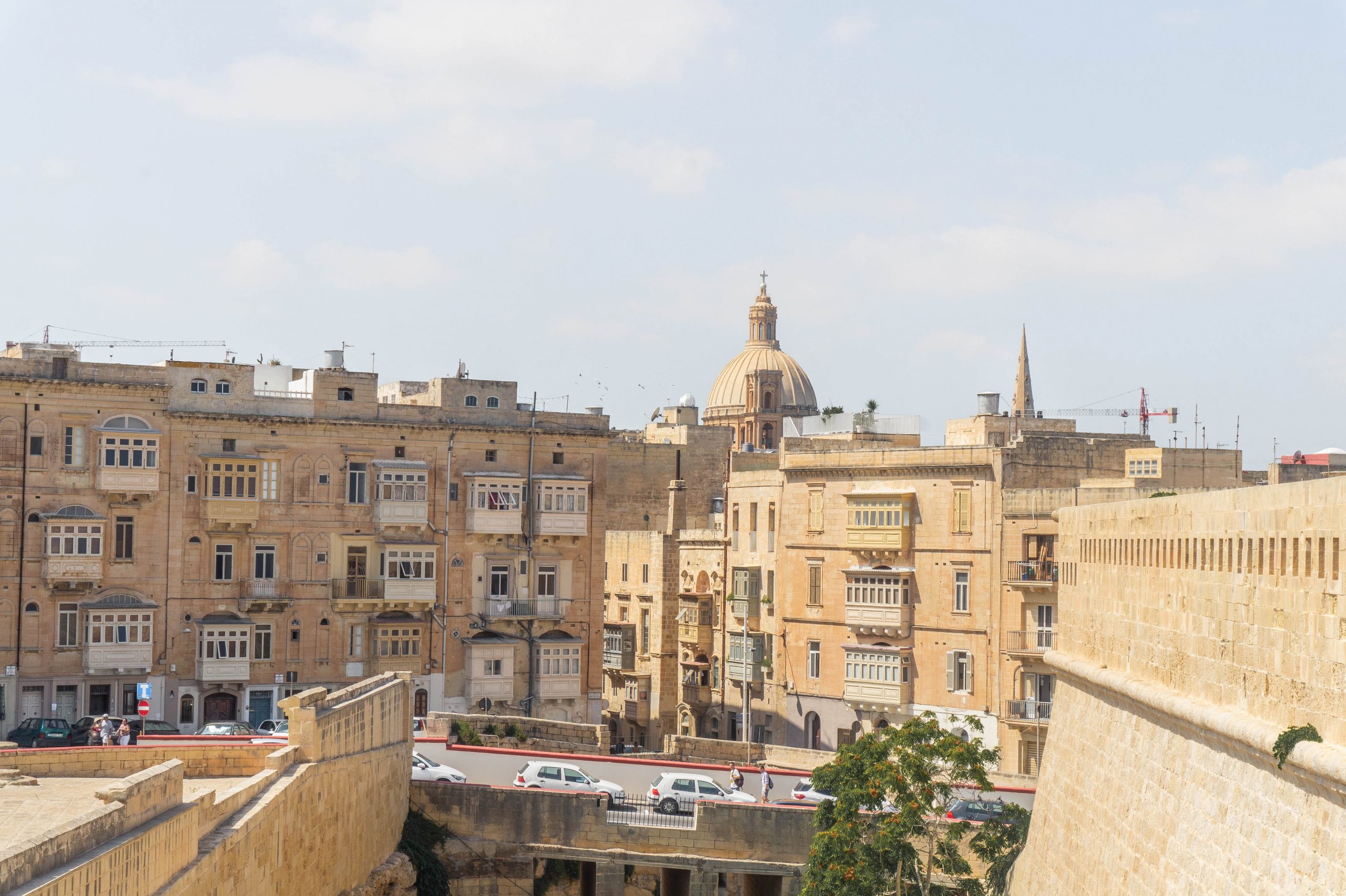

things to see and do
- Upper Barrakka Gardens & The Saluting Battery: The Barrakka Gardens is a small public garden that offers a panoramic view of the Grand Harbour and its surrounding fortified towns. It also holds what is perhaps the oldest saluting battery still in operation anywhere in the world. For almost 500 years, its guns protected the harbor against naval assault. The passage of time is marked twice daily with gunfire at 12 noon and 4pm. You can secure your view from directly behind the canons with an entrance fee of €3 which includes a guided tour and audio guide. The tour and audio guide sounds worth it for the price however I think the best views are from above the canons at the Upper Barrakka Gardens which does not require an entrance fee. Saluting Battery reviews here and Upper Barrakka Gardens reviews here.
- St. John’s Co-Cathedral is a Roman Catholic co-cathedral that retained its title as conventual church of the order until the Knights left Malta with the French occupation in 1798. During my time in Malta, I heard from many people that this is one cathedral you can’t miss during your time in Valletta, read reviews here
- Siege Bell War Memorial is perched above the Grand Harbour its bell is a simple monument symbolizing the people who fought and died for Malta during the Second World War. It was built in 1992 to commemorate the 50th anniversary of when Malta received the George Cross for the display of bravery and valor shown during the attacks on the island from 1940-42. The bell is located right beside the Lower Barakka Gardens and offers picturesque views of the Grand Harbour and is perfect for photos.
- Grand Masters Palace was one of the first buildings to be built in Valletta in 1571. The Grandmaster Palazzo has always hosted the government in Malta, first the Knights, then under the British, it served as the Governor’s Palace, and now it hosts the President’s office as well as the House of Representatives. read reviews here
- Old Theatre Street is where the Grand Master Palace and National Museum connect with an arched walkway/bridge, it’s beautiful. You can view it best from Merchants St. between Archbishop St. and St. Lucia’s St.
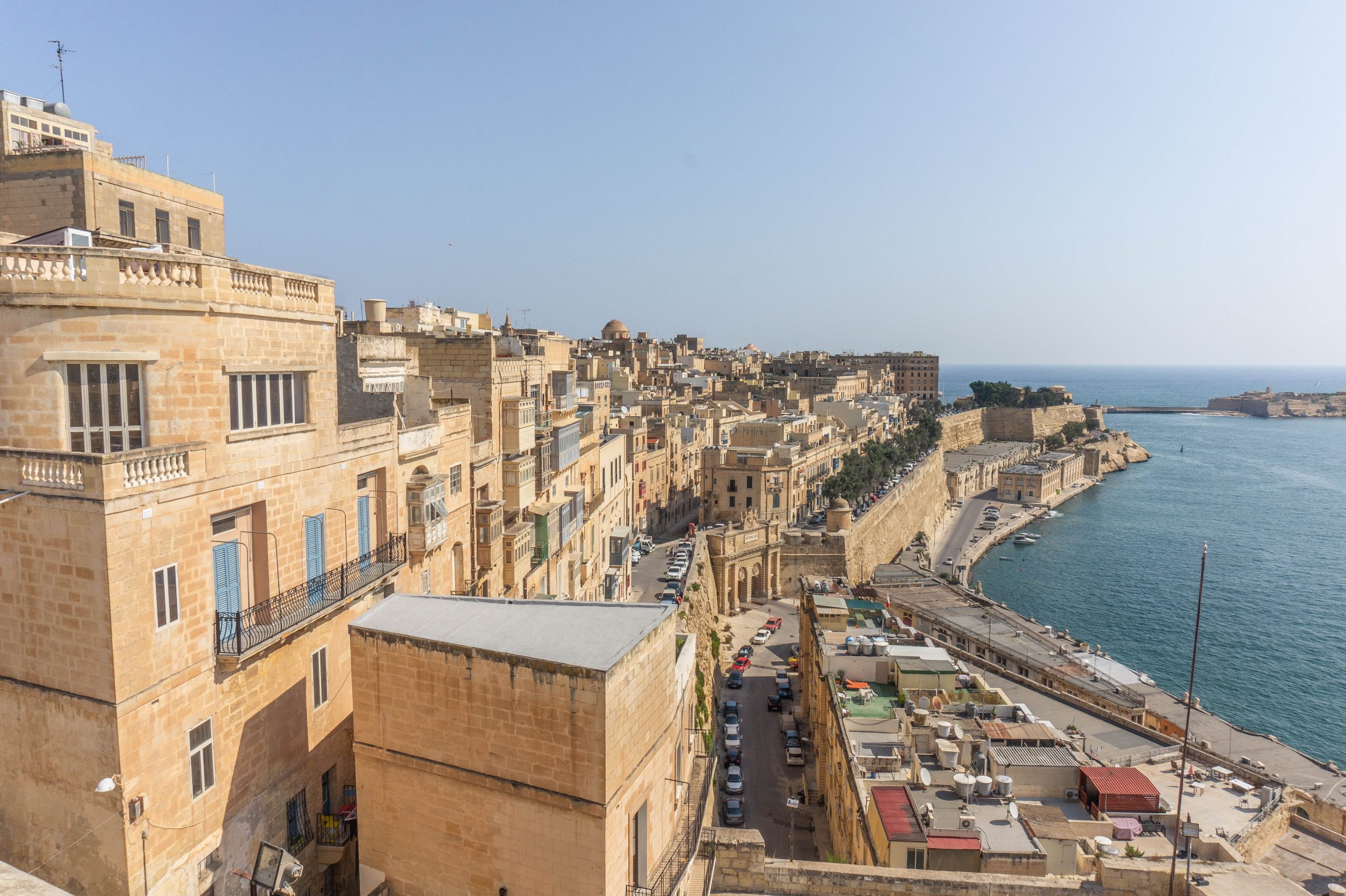
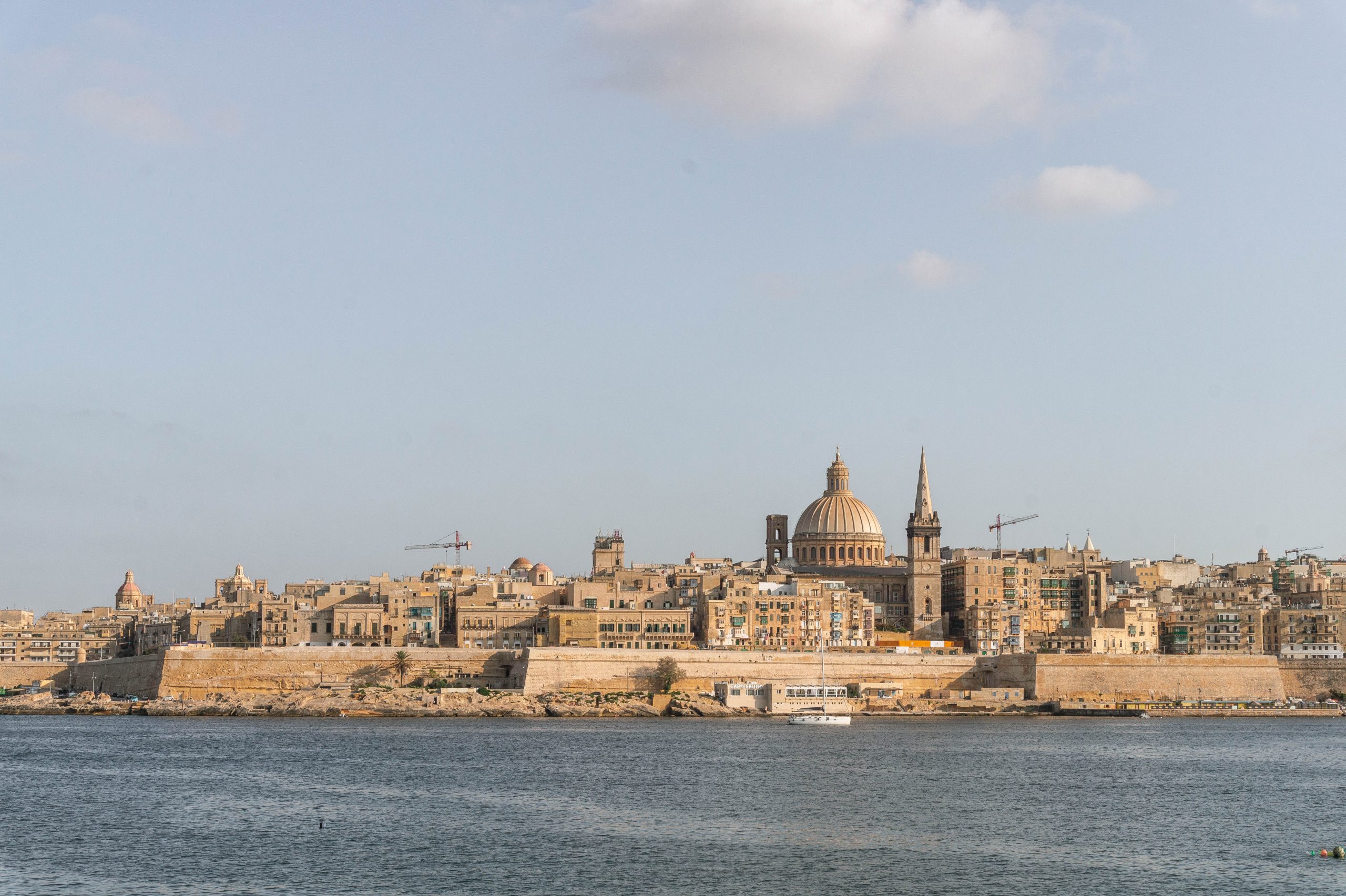
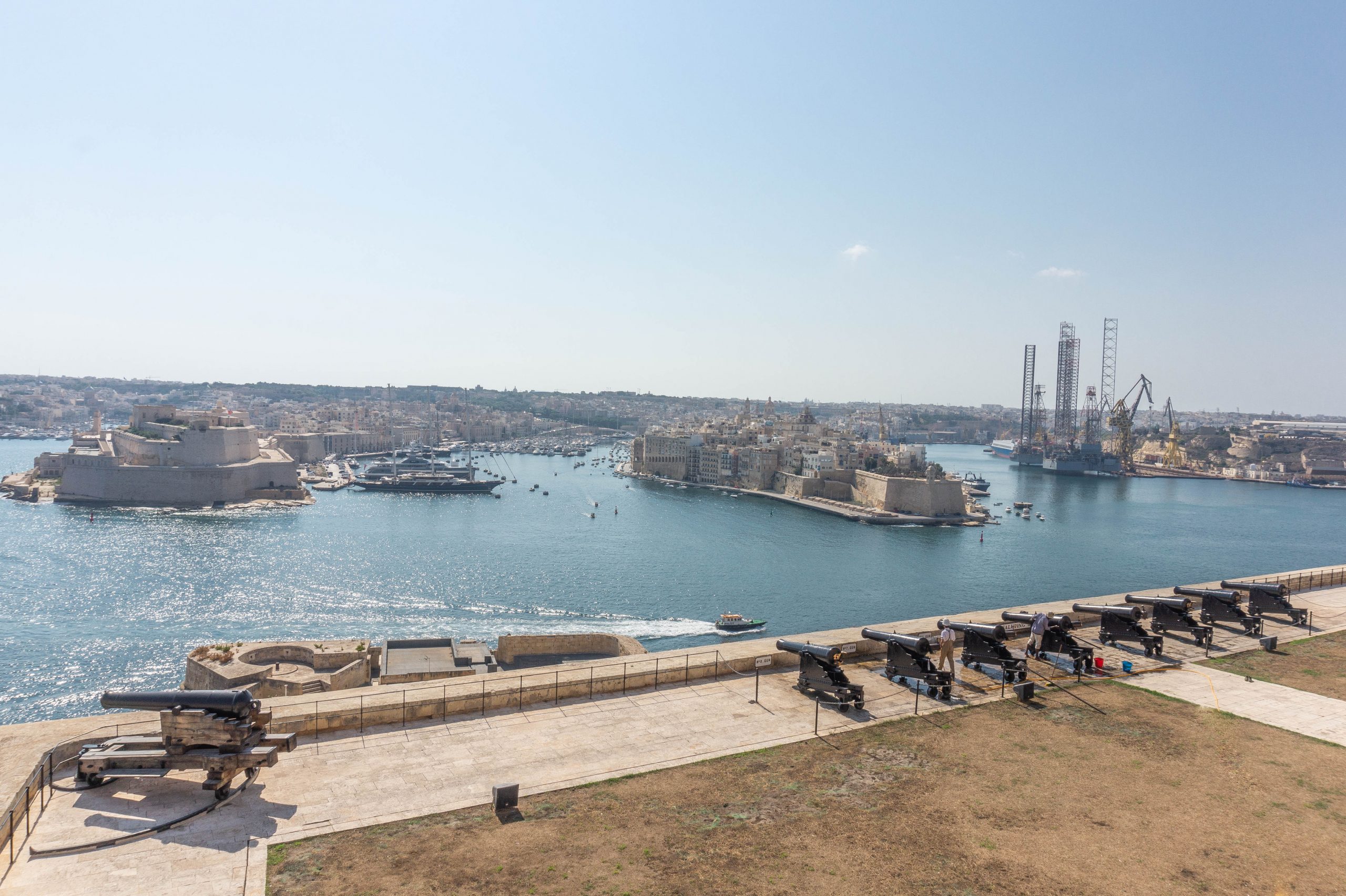
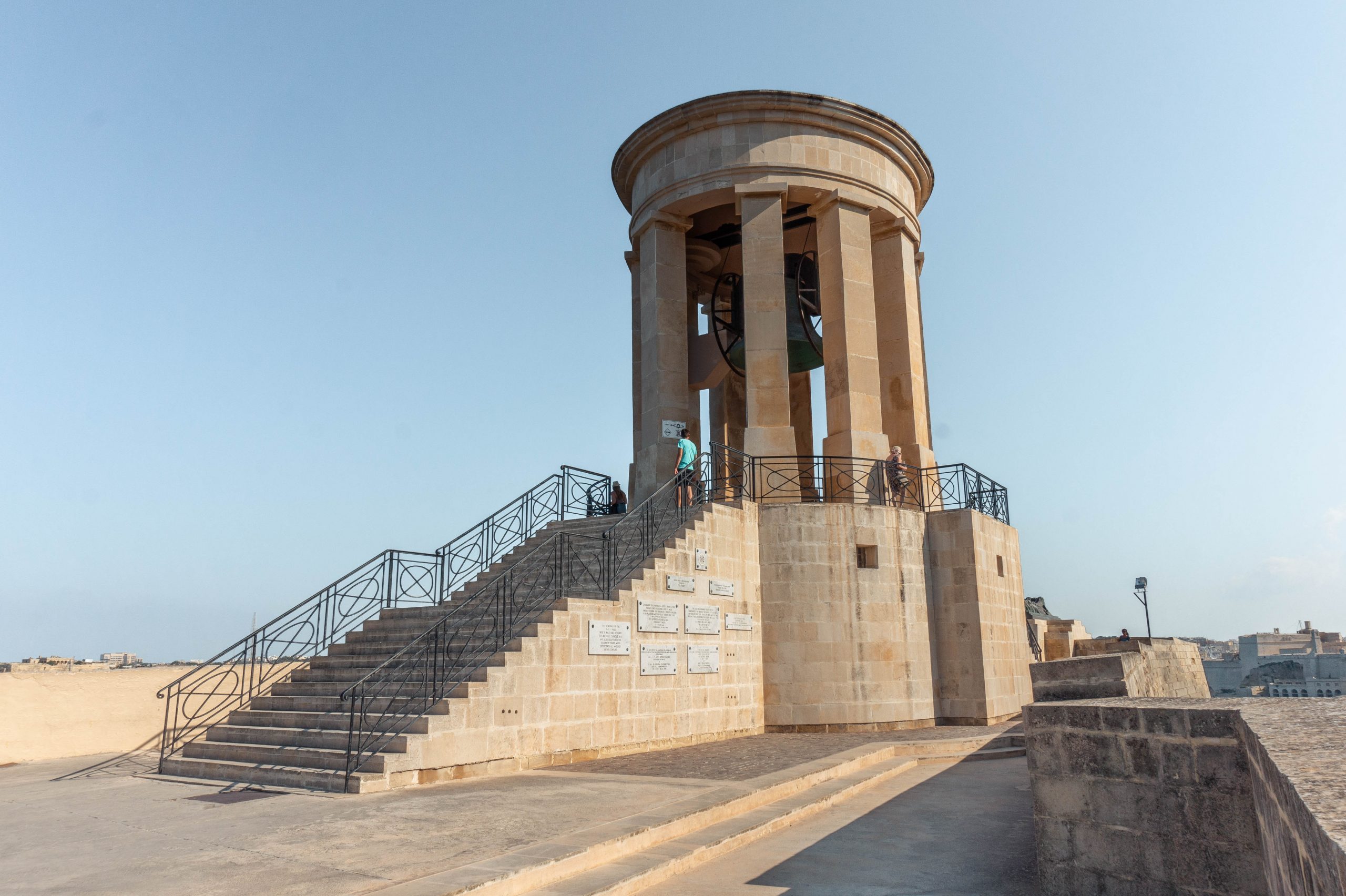
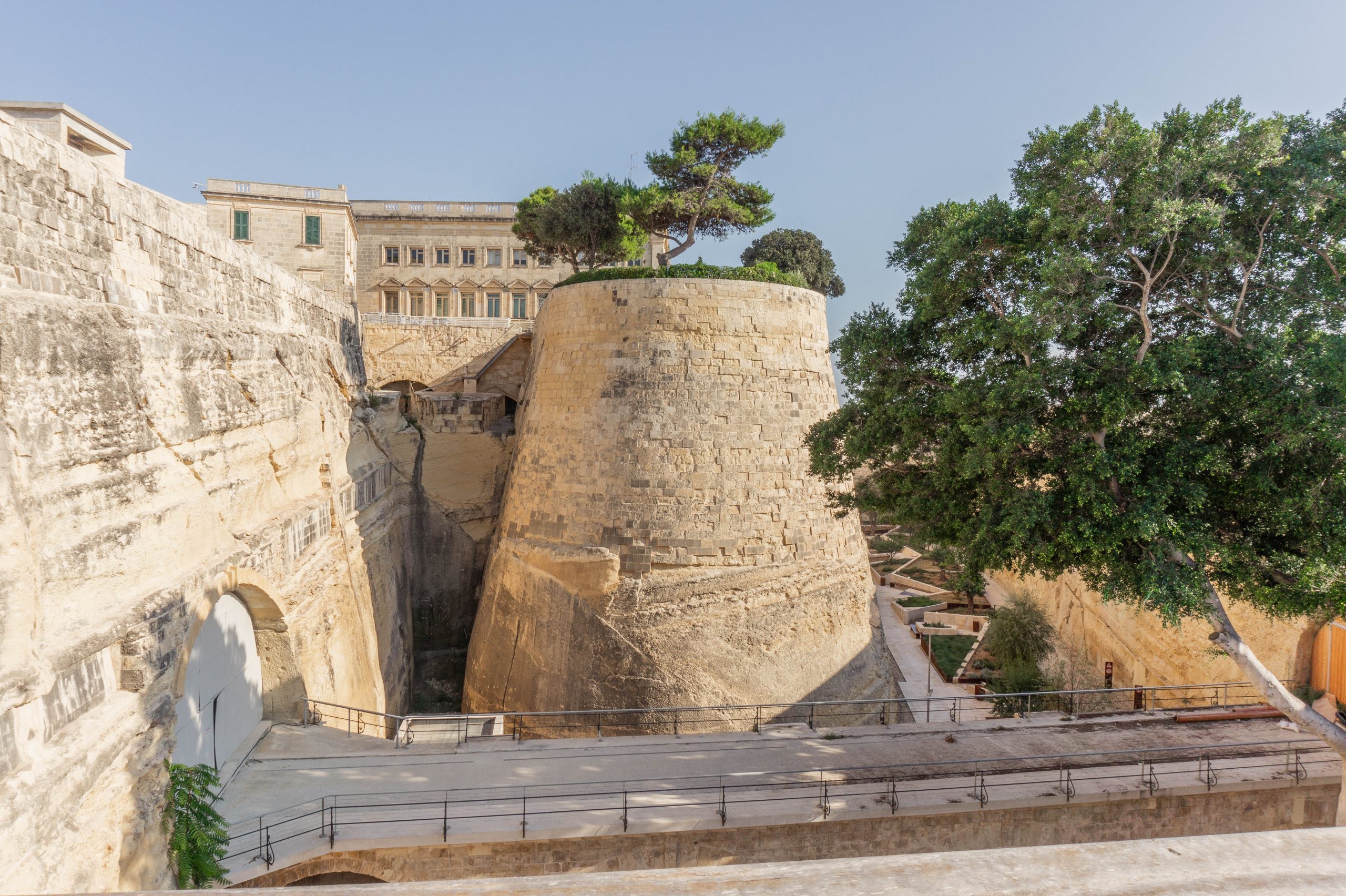
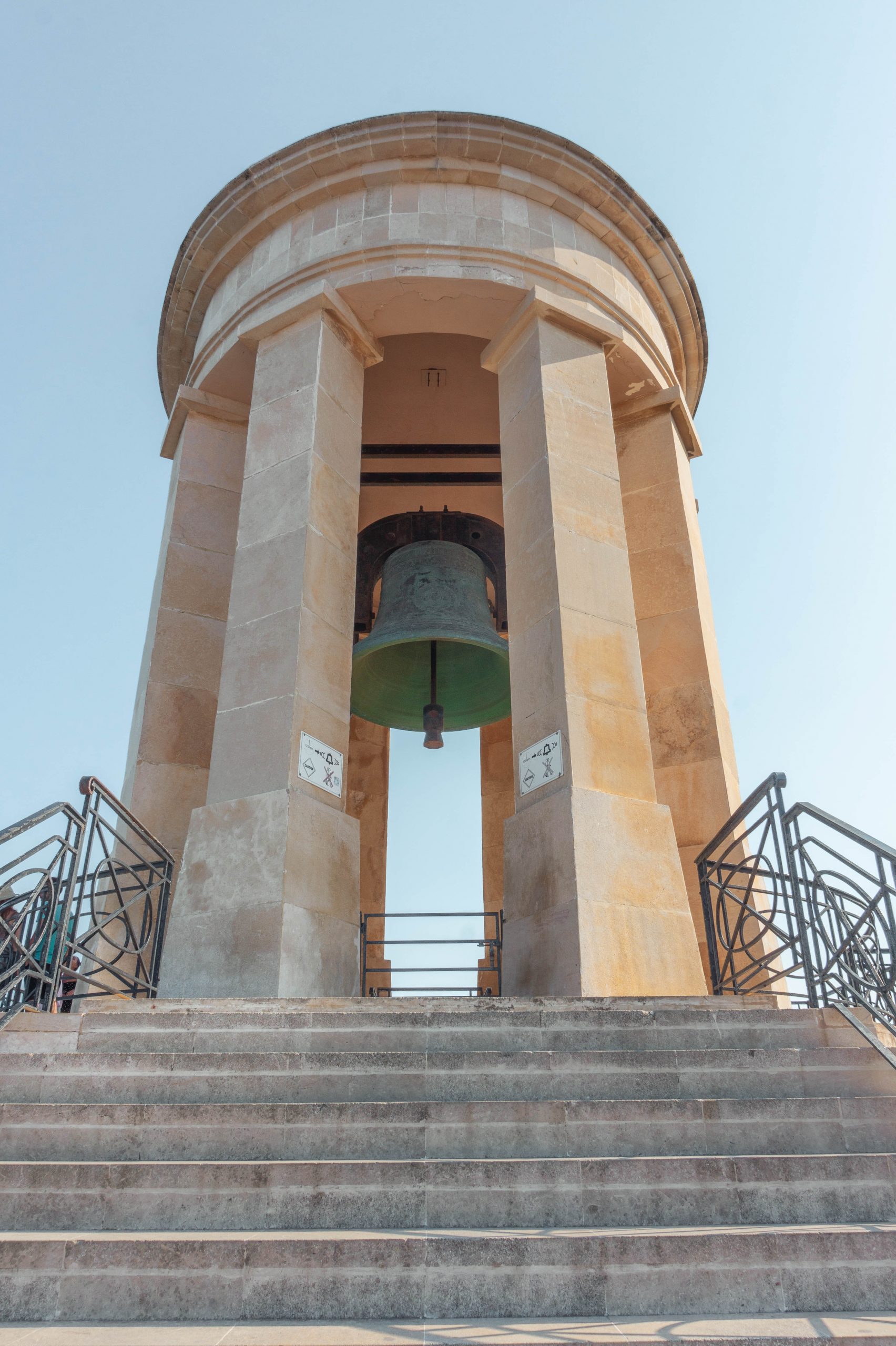
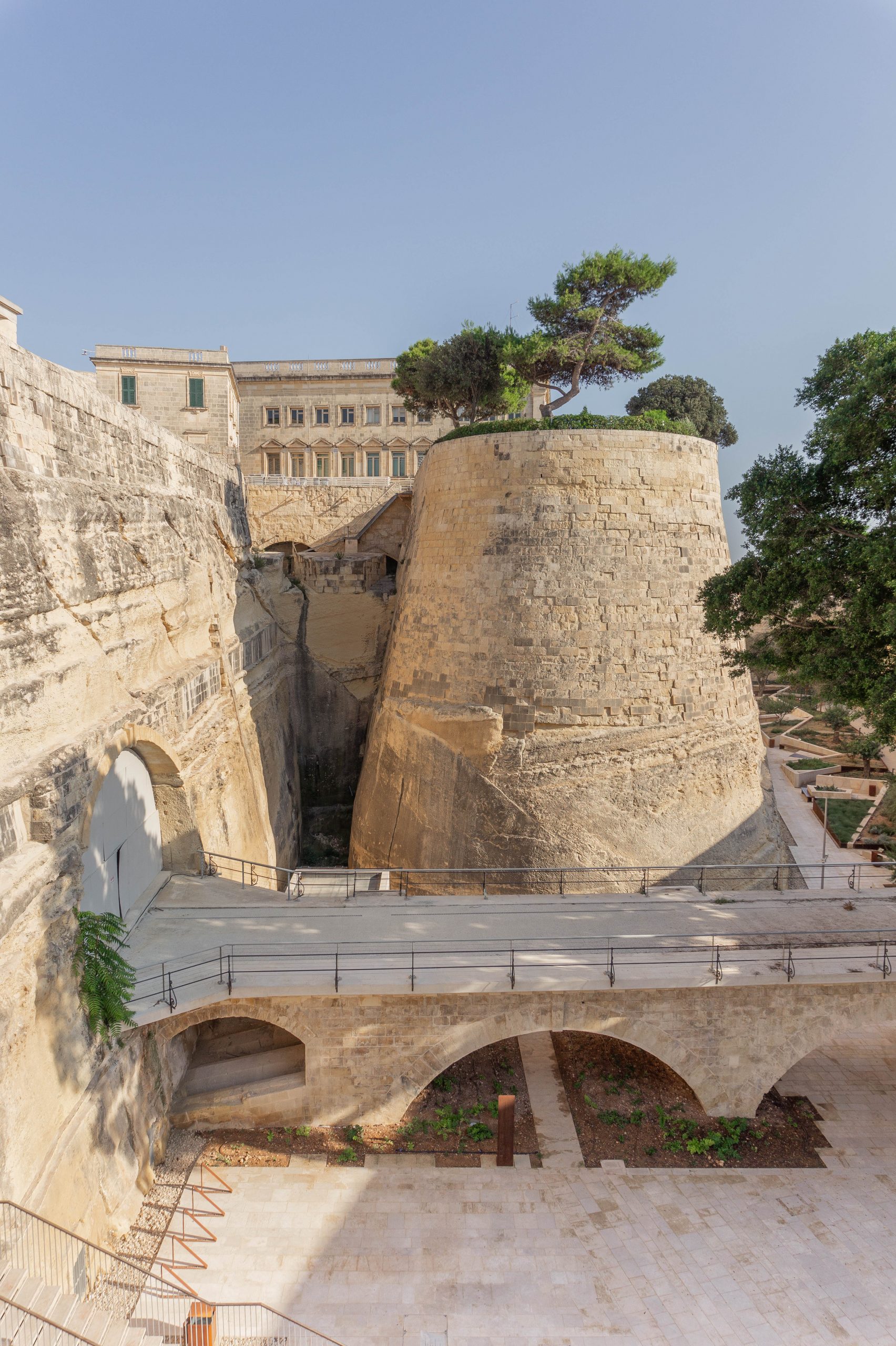
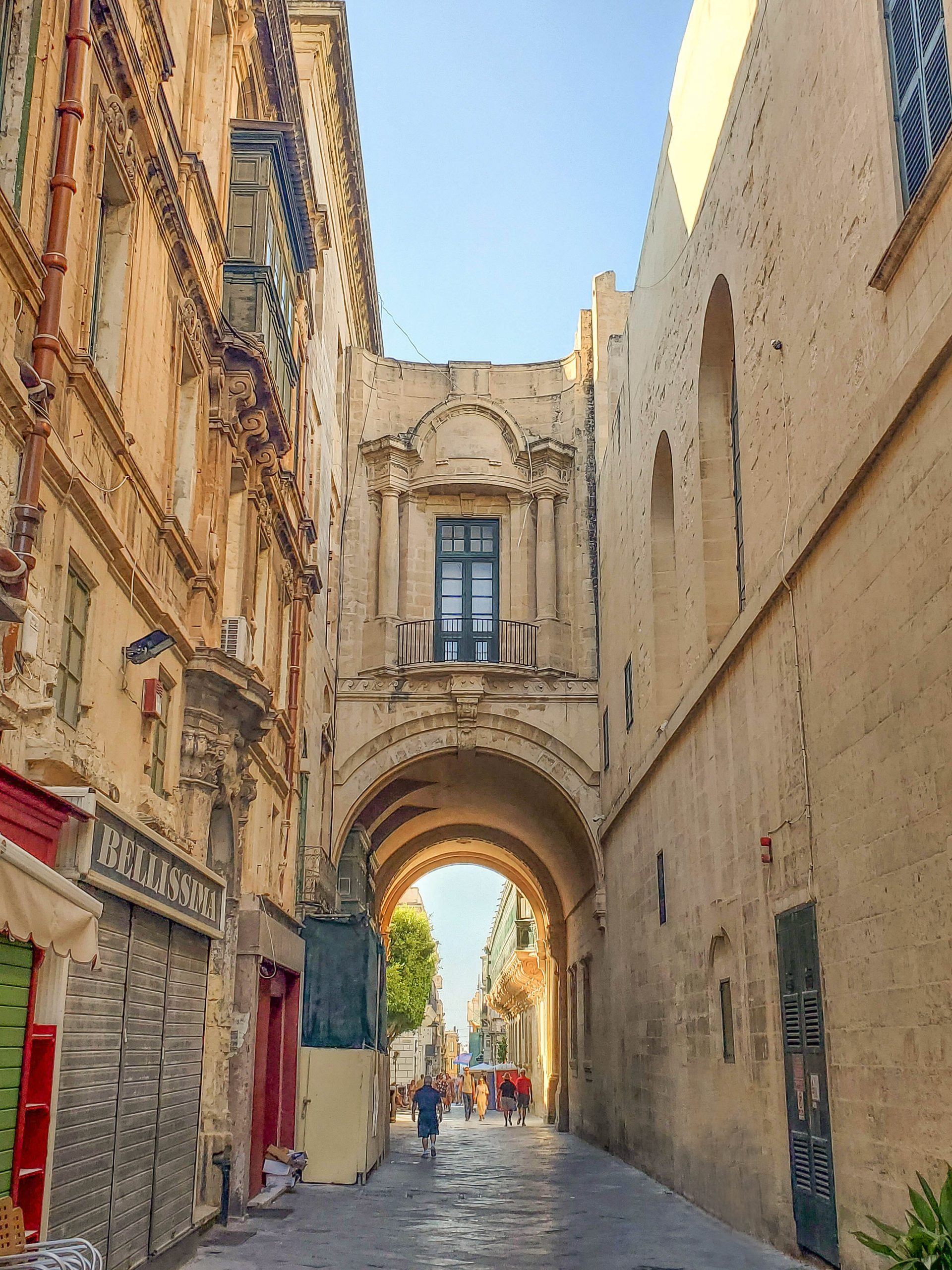

Book an activity
create a memory you'll never forget
where to eat and drink
You must try a traditional dish at Nenu The Artisan Baker, one of Valletta’s most recognizable restaurants. Ftira is a special Maltese bread typically used for ‘sandwiches’ but at Nenu they make a flatbread version with a variety of toppings called Ftajjar. I went with the “Ta’ Nenu” which is topped with sundried tomatoes, black olives, grated peppered Maltese cheeselet, onions, Maltese sausages, capers, thyme, and sesame seeds. The staff is friendly so if you’re Vegetarian they’ll happily leave off the sausage.
If you prefer meat or your palette is a bit more adventurous, their menu offers options such as oven-braised pork belly, fried rabbit, rabbit ravioli, calf’s liver, and horse meat stew. If you’re taken aback by those options, stick with the Ftajjar it’s tasty, just be sure to leave room in your belly since the waitress will bring out traditional pieces of bread, like ‘Hobza Maltija’ a rustic bead along with sauces for dipping, before your dish arrives.
After dinner, I struck up a conversation with one of the employees who offered me a seat at the bar and poured me a cup of traditional Maltese coffee that was simmering on the stove over low heat. It typically includes ingredients like chicory, ground cloves, anise seed, and orange zest and is certainly an acquired taste. After a sip or two, he invited me to the kitchen and shared a brief history of the restaurant along with their ovens that are over 100 years old and have been at this location since before World War II. While they tried their best to restore both ovens only one of them functions and it’s this oven that they use to bake all of their traditional Ftajjar, the other sits beside it as a reminder of the restaurant’s history.
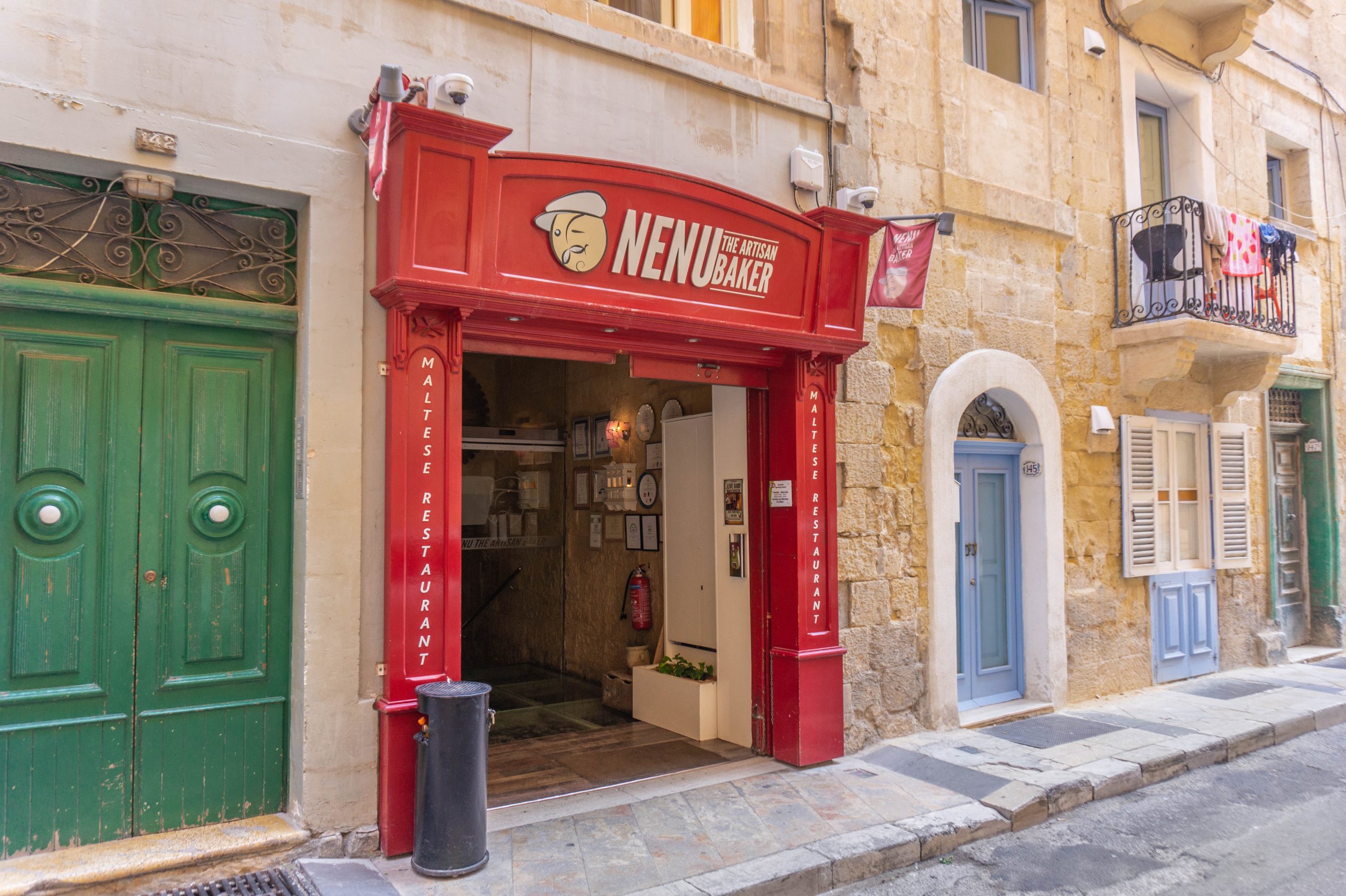

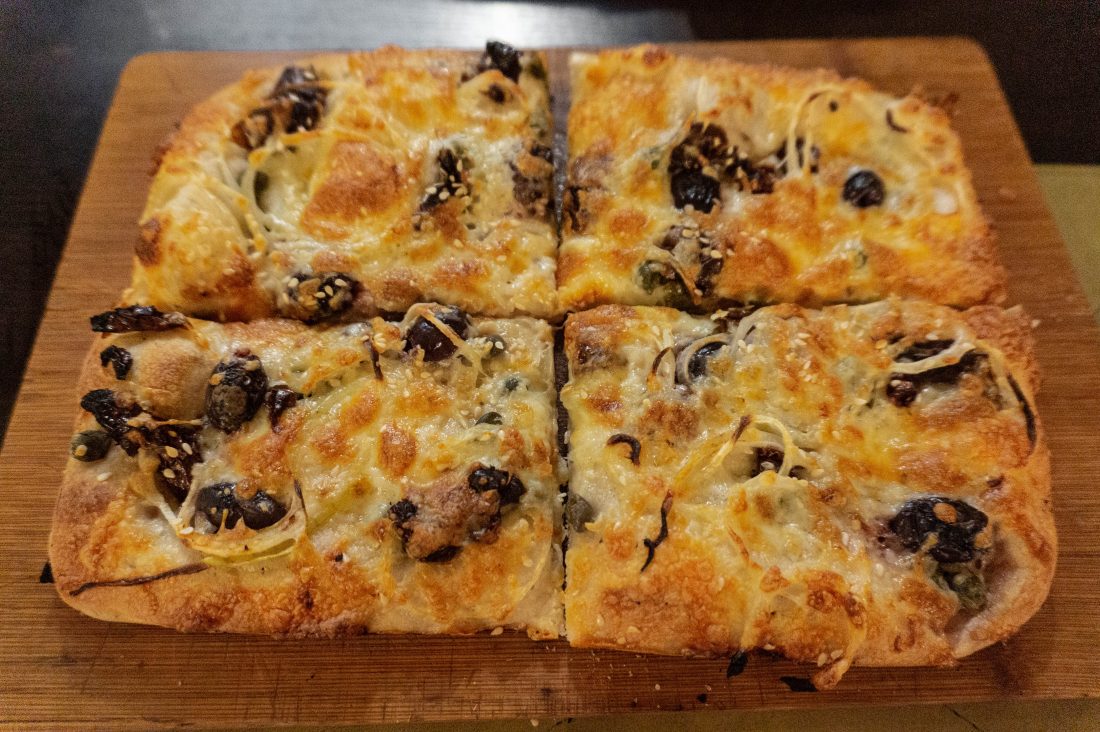
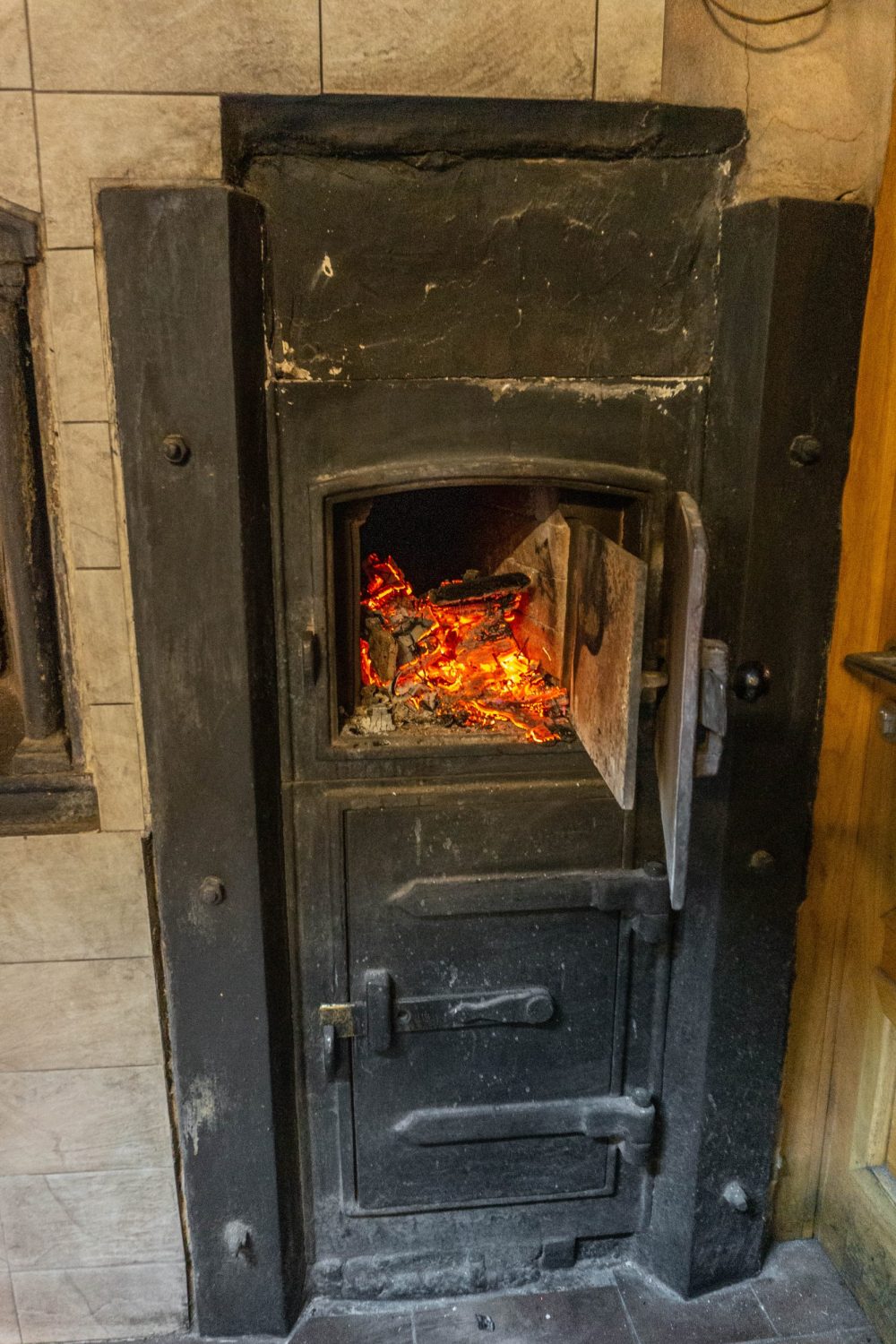

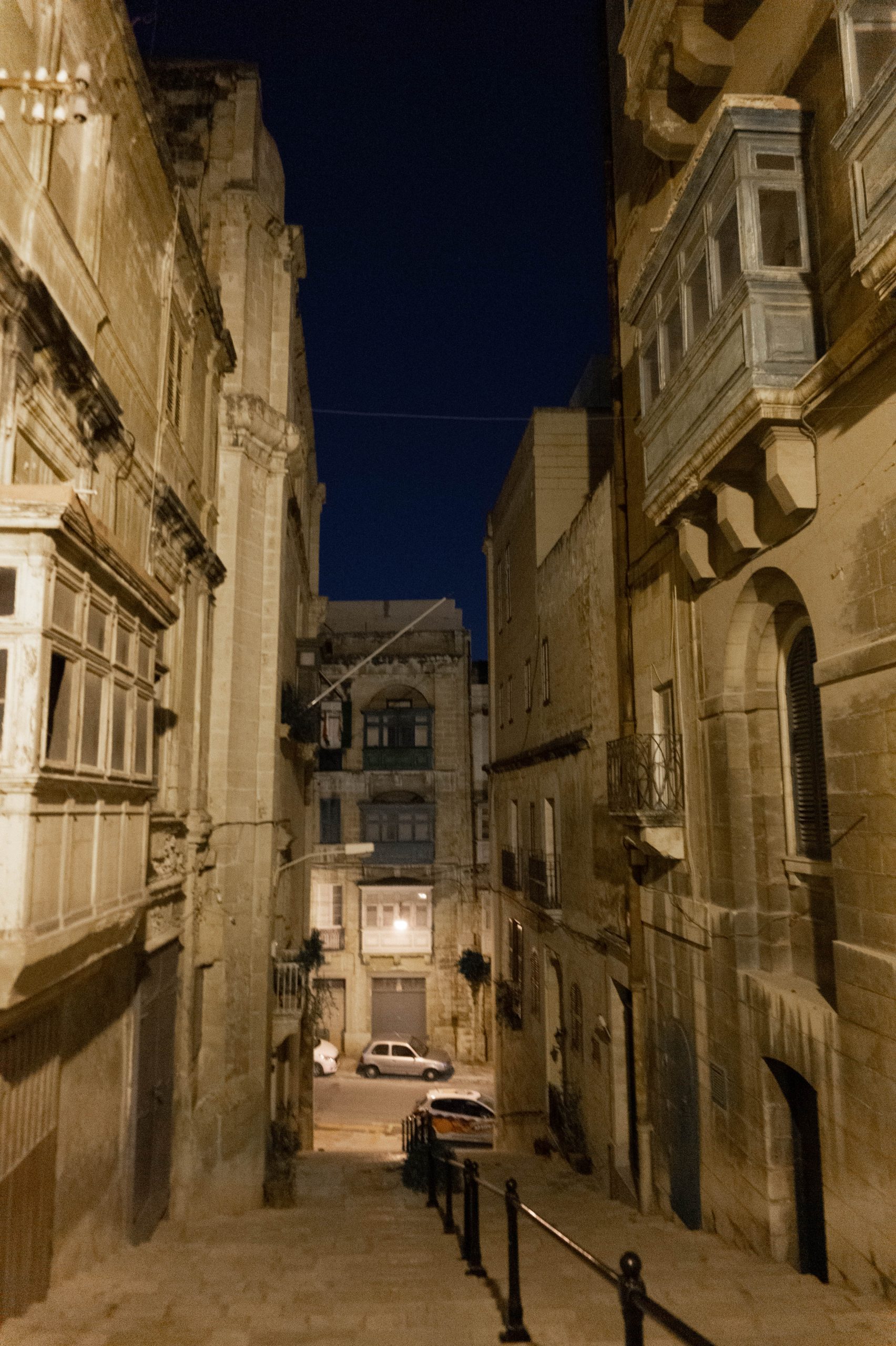
more malta posts
to help you plan your trip
Where to stay in Malta + How to get around
A complete guide to visiting Malta! The differences between each city, where to book your accommodations, and how to easily get around the island.
READ MORE HEREHow to spend an afternoon in Mdina – The “Silent City” of Malta
Mdina is a fortified city in the Northern Region of Malta and is best known as the filming location for the hit series Game of Thrones. Nicknamed "The Silent City" Mdina is confined within walls and has a population of just under 300.
READ MORE HEREThe Best Way To Visit The Blue Lagoon and Gozo
The Blue Lagoon is located off the island of Comino and has some of the most magical turquoise waters and rugged cliffs you've ever seen. This guide explains the best way to visit while avoiding the crowds of tourists.
READ MORE HERE

